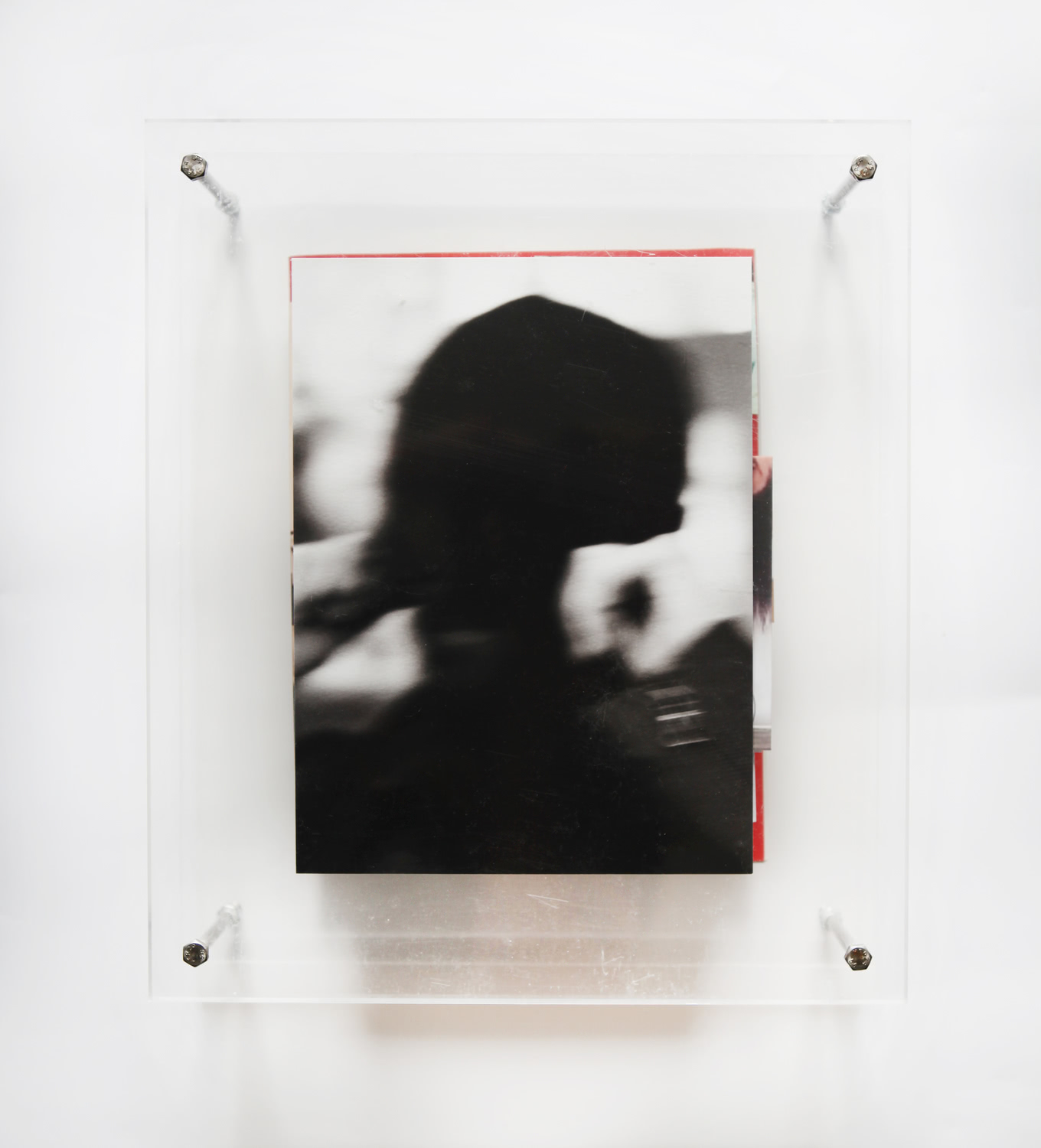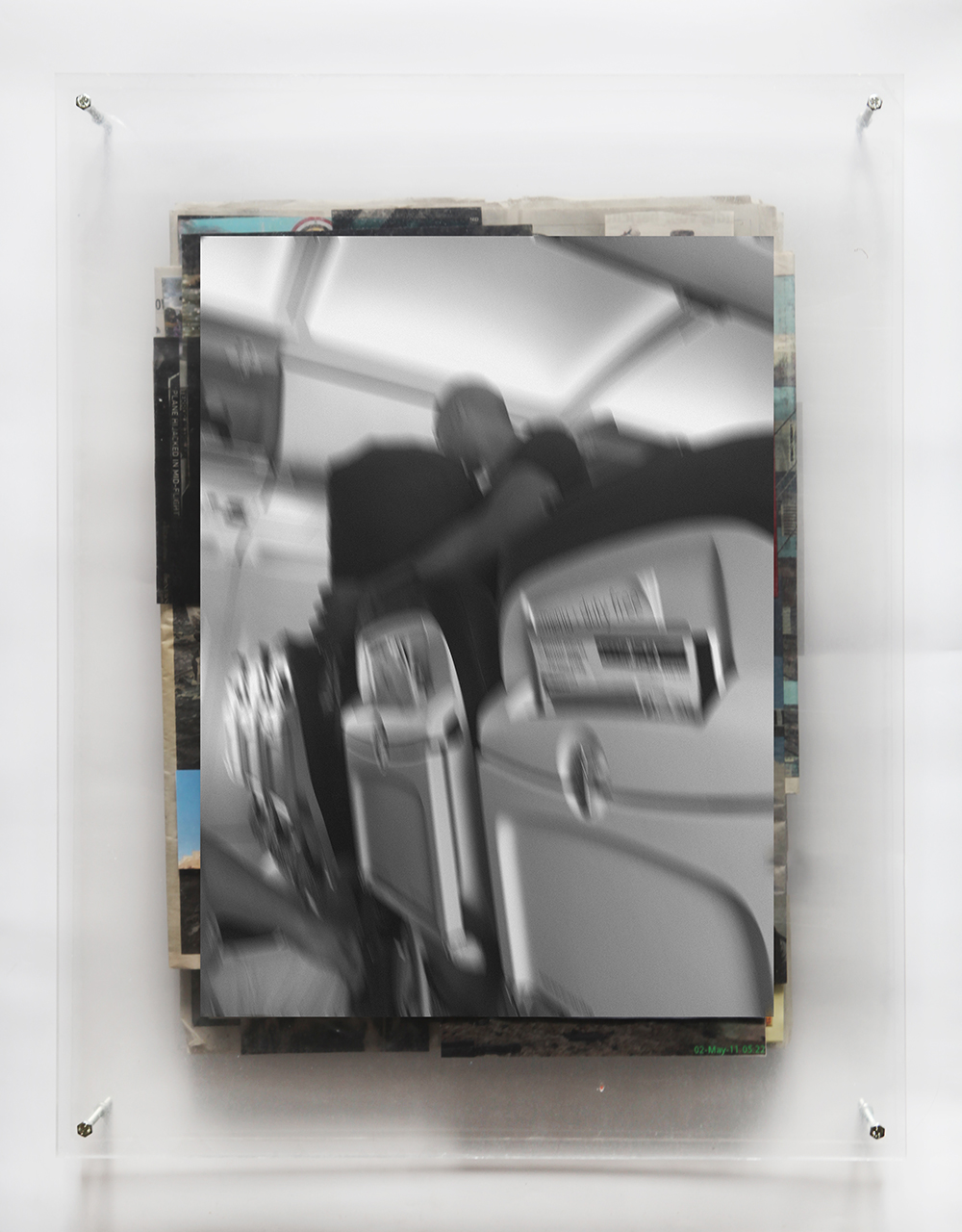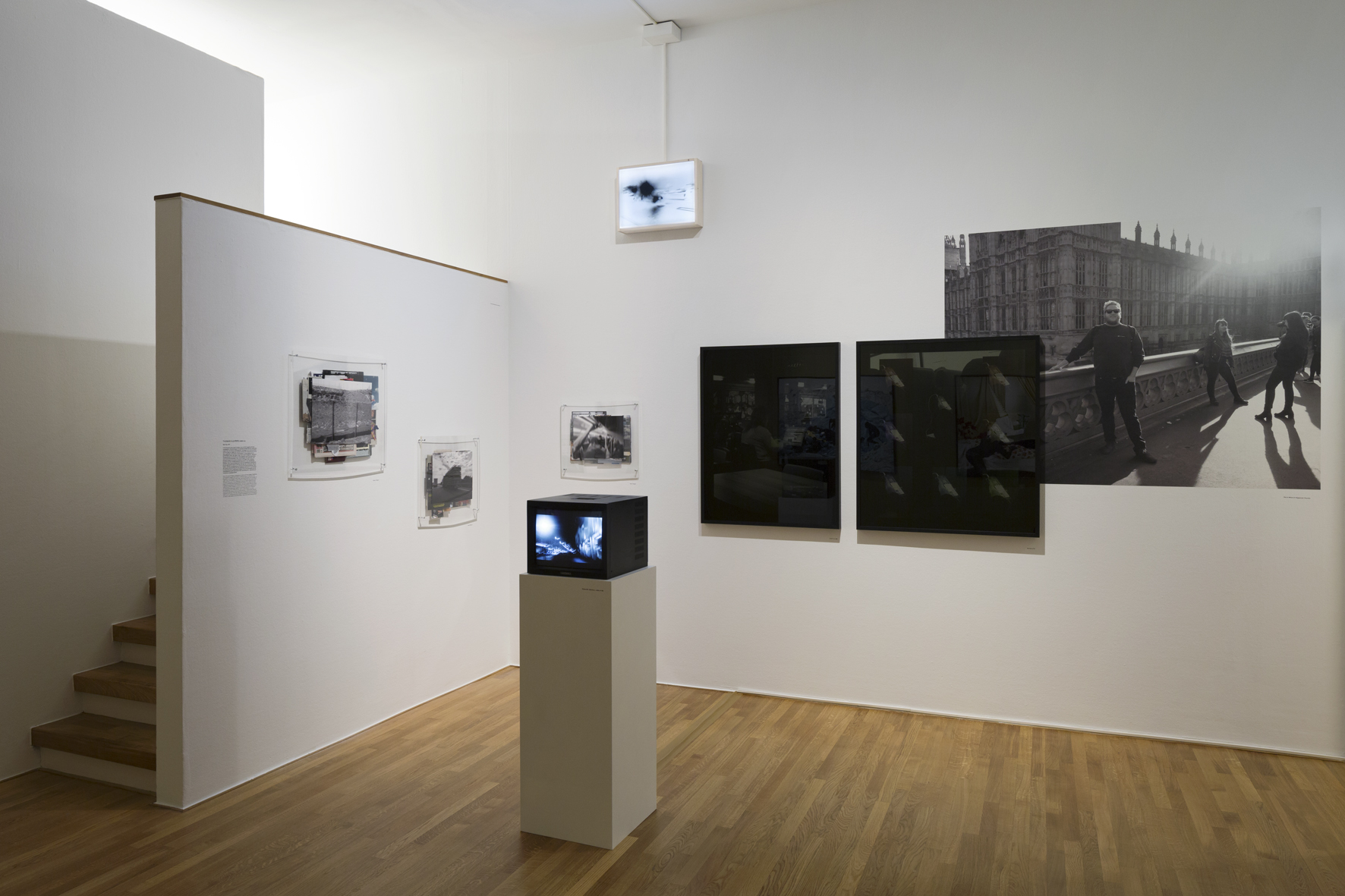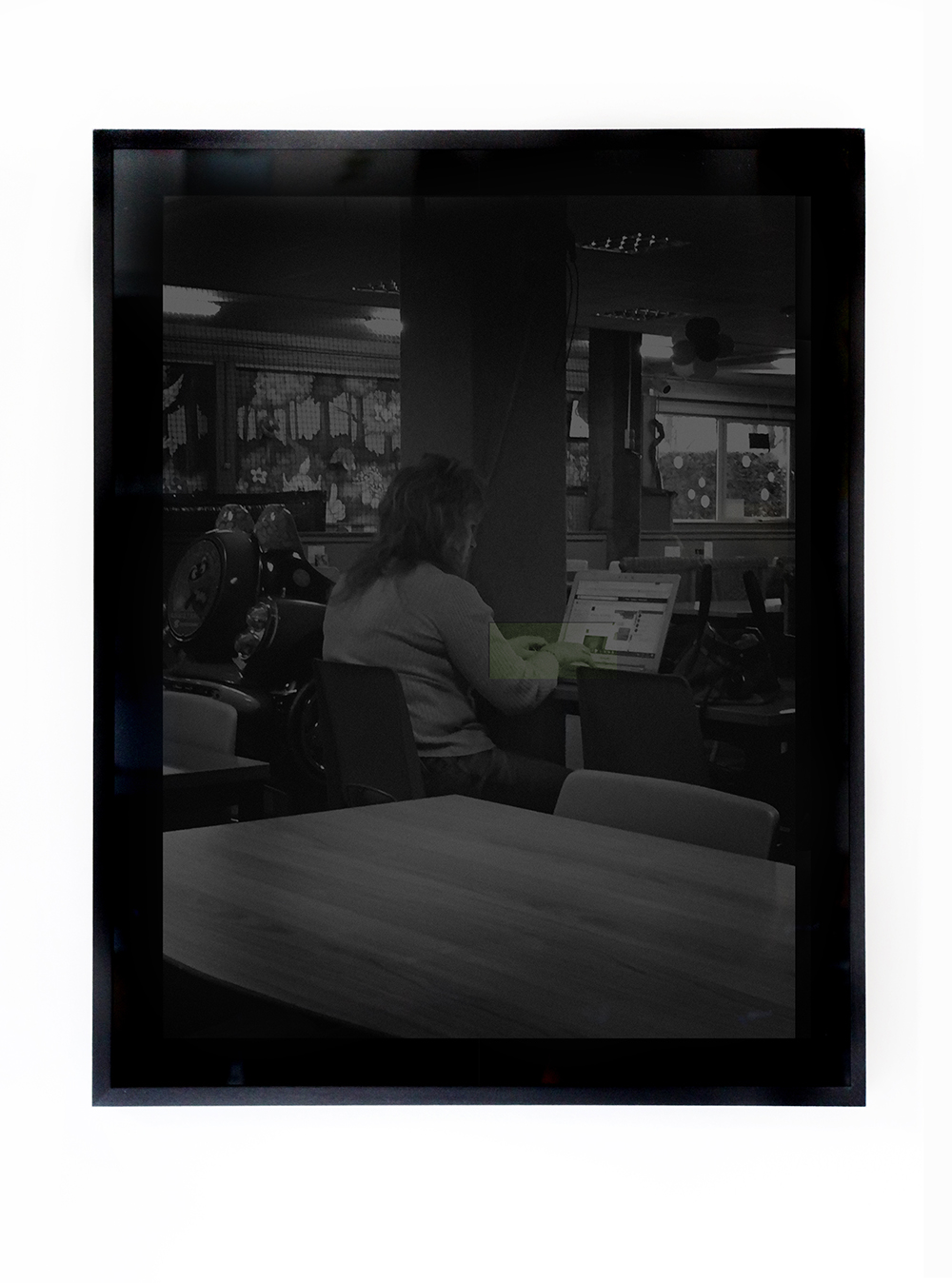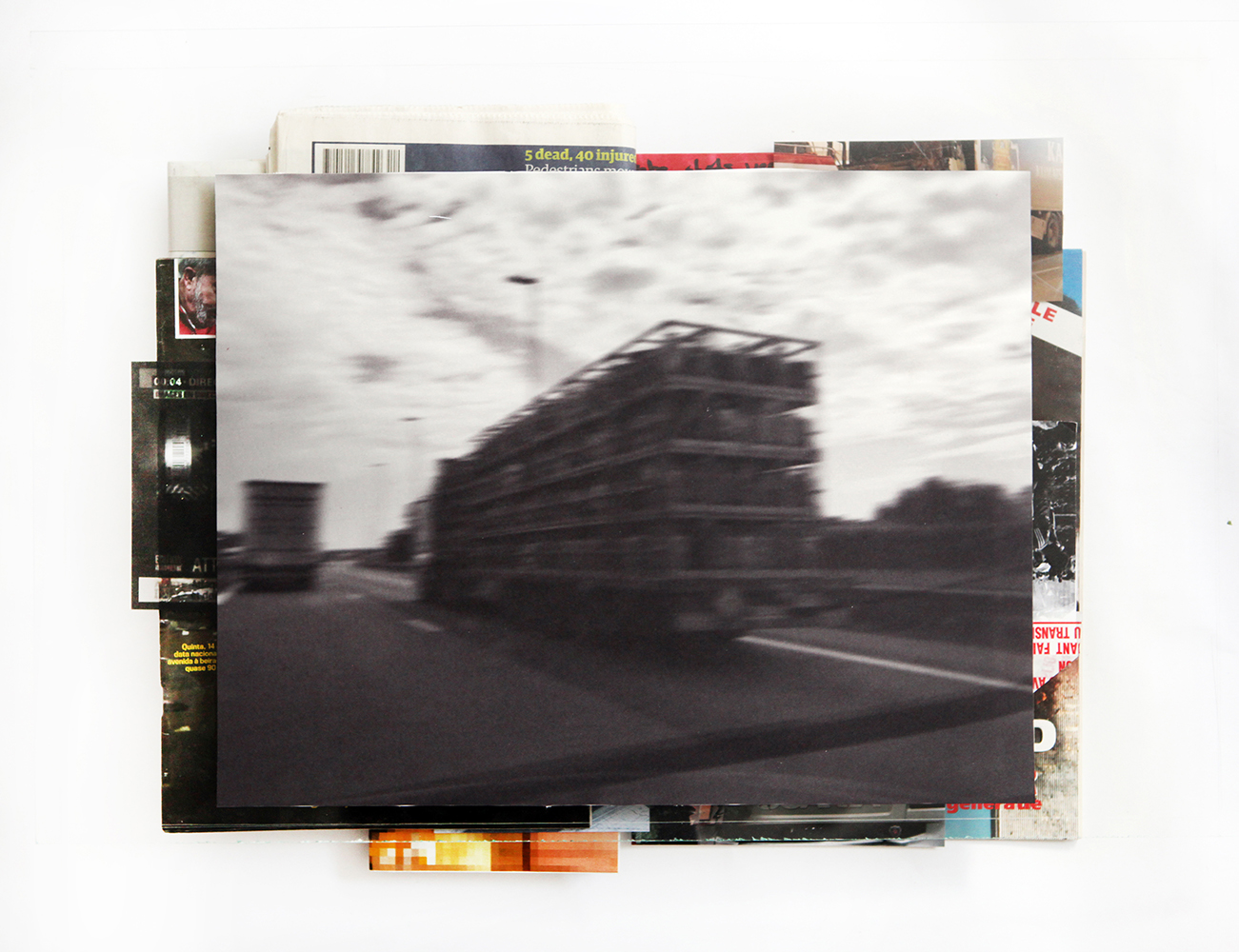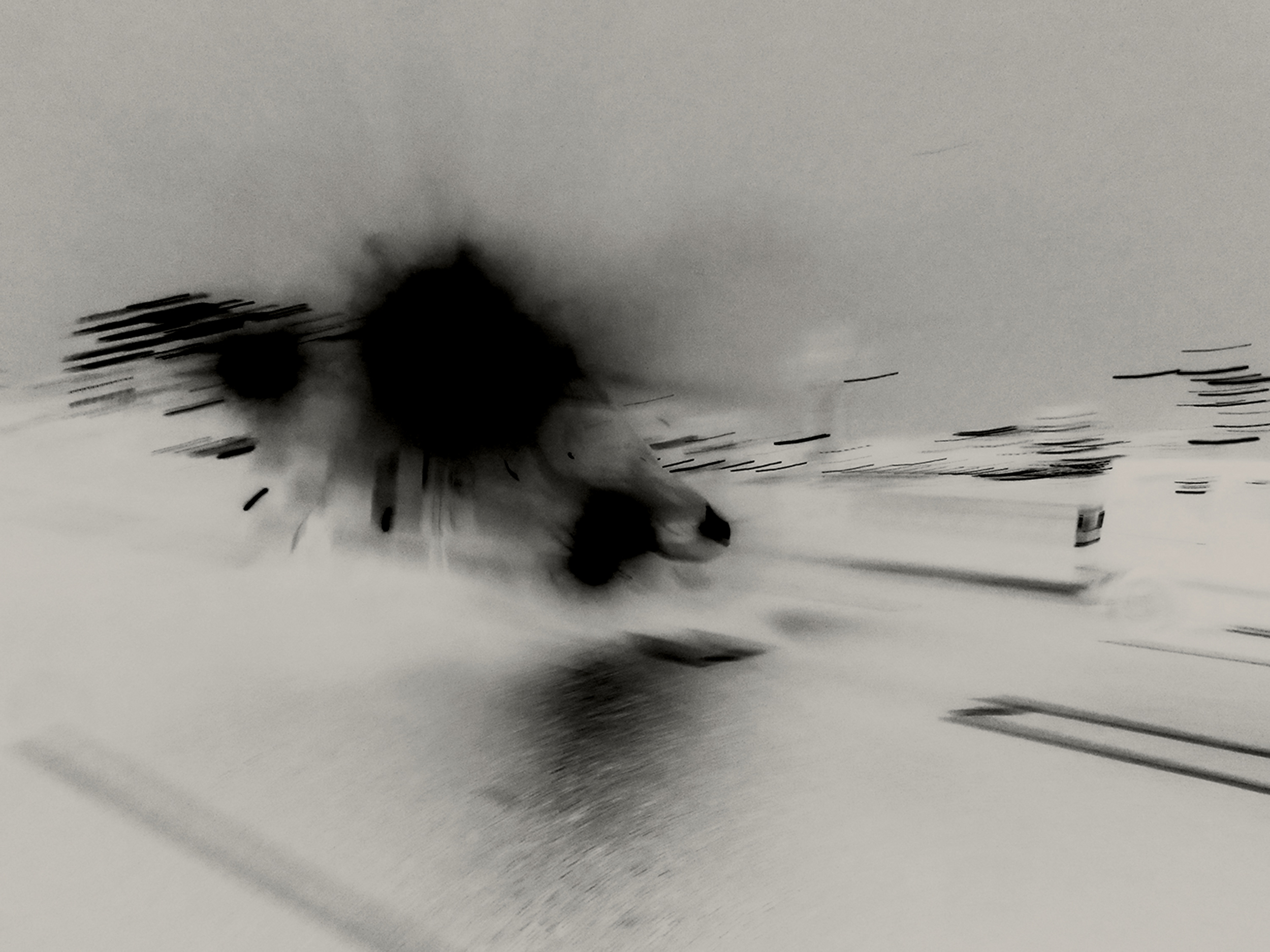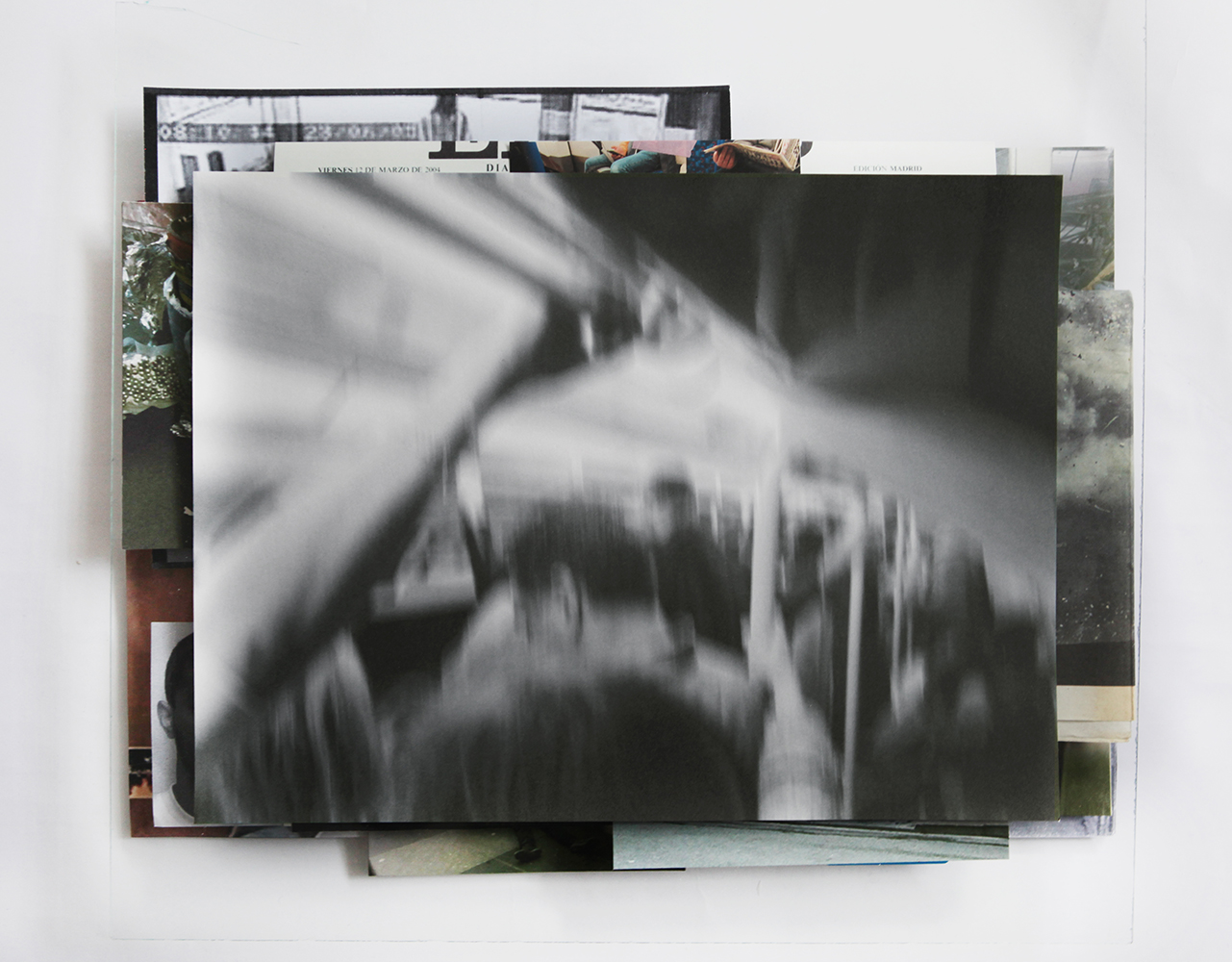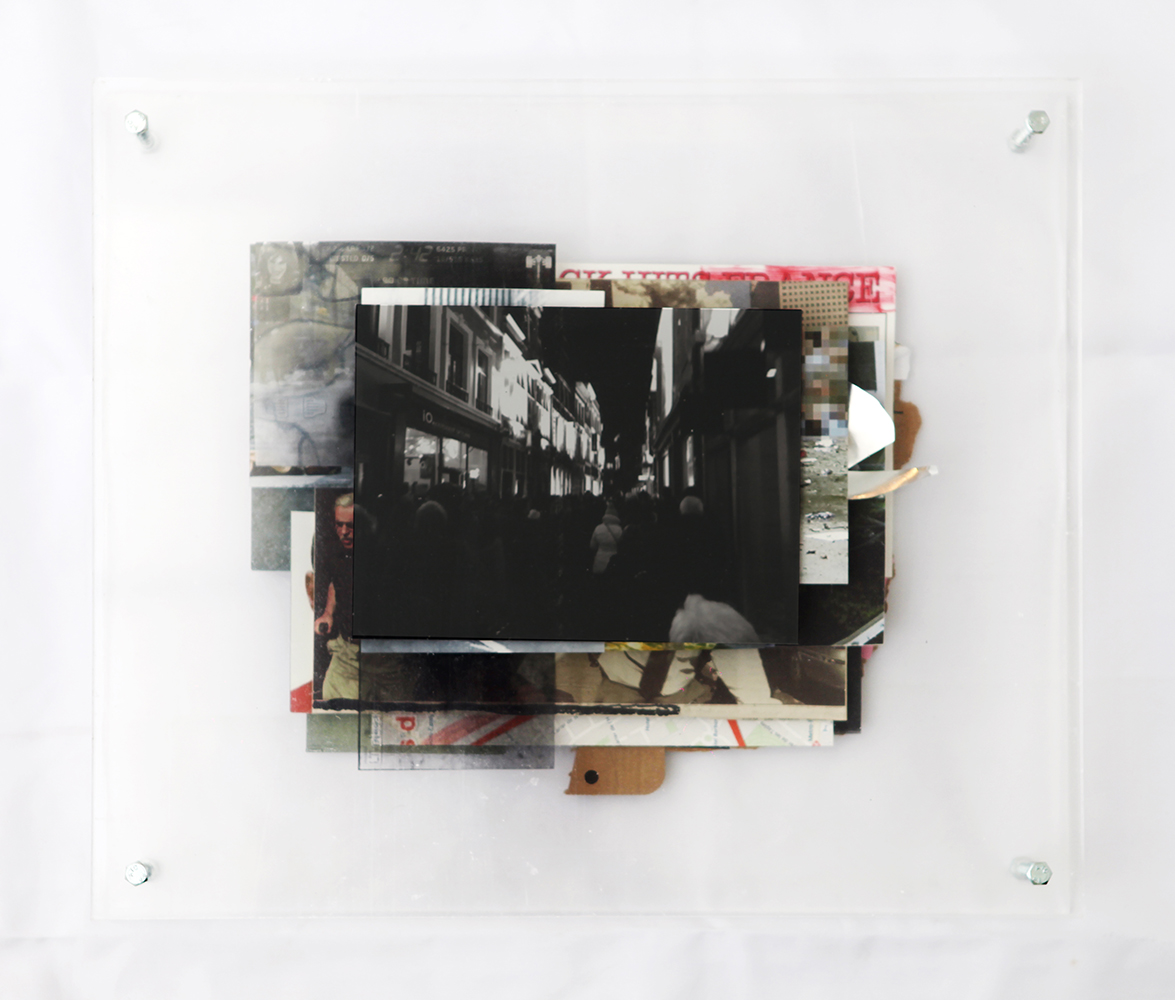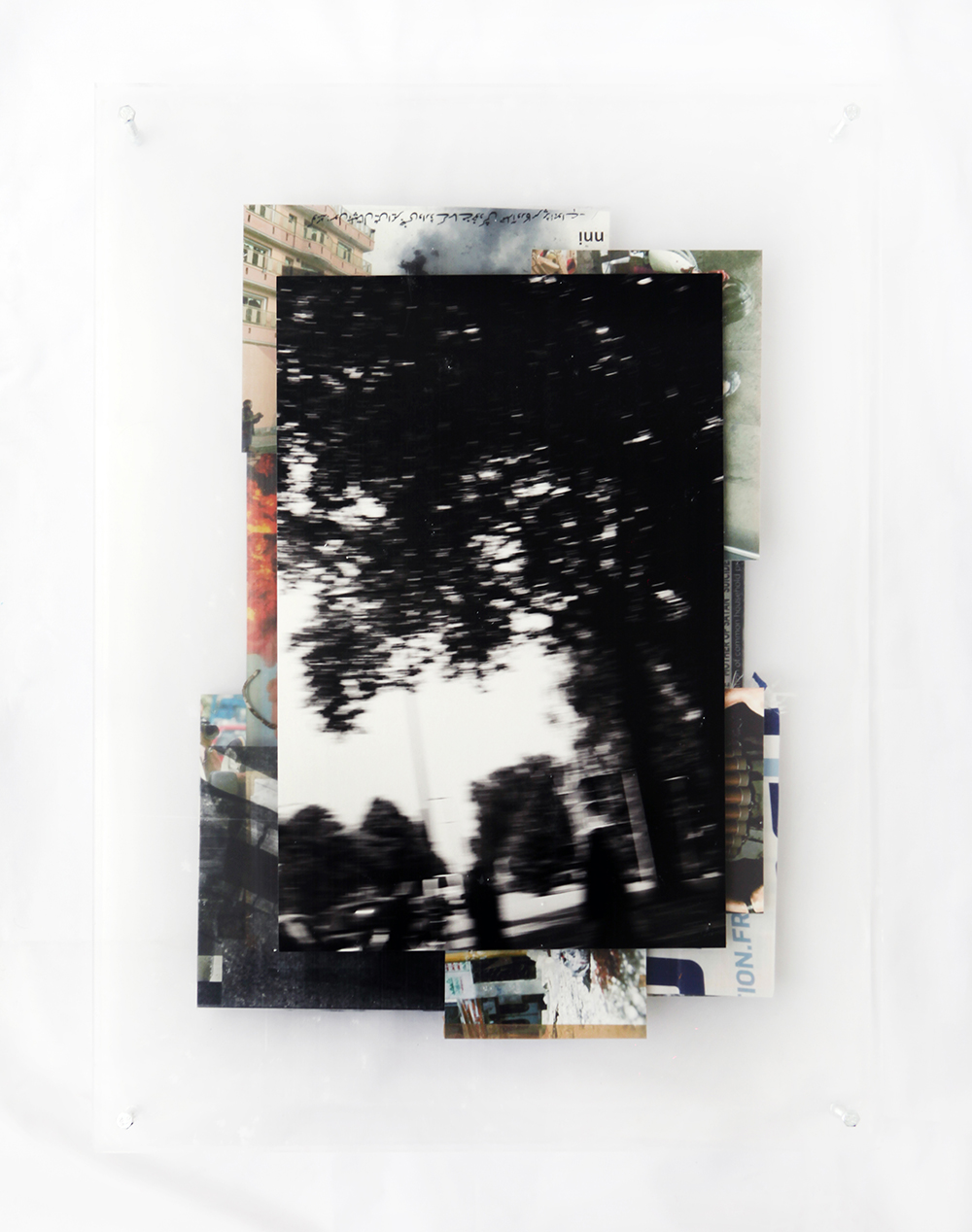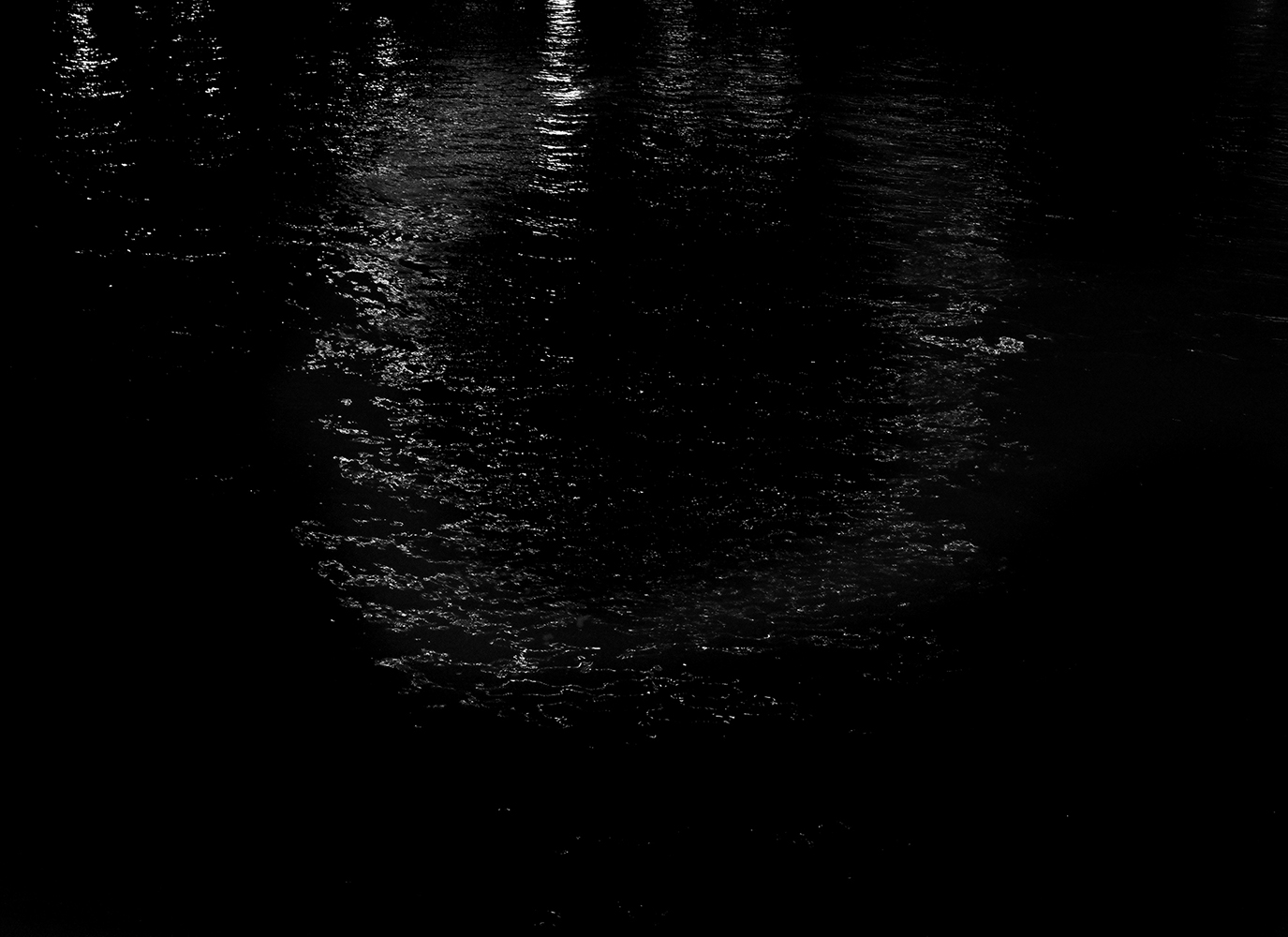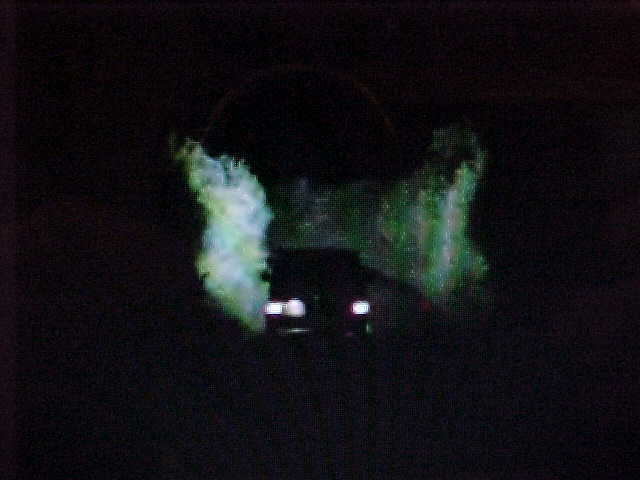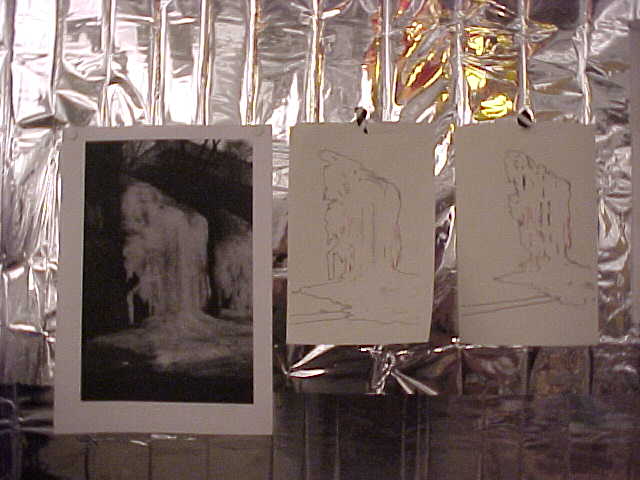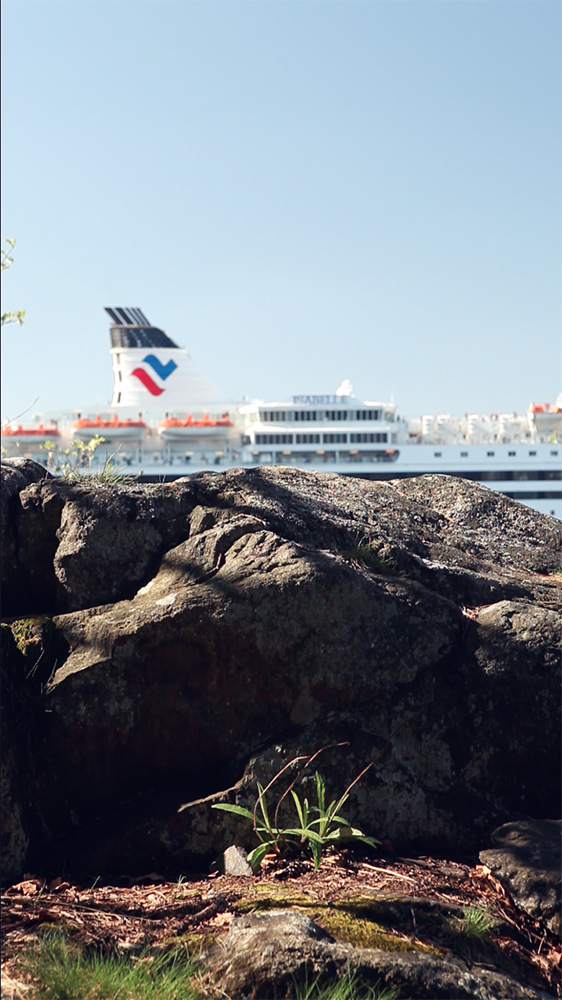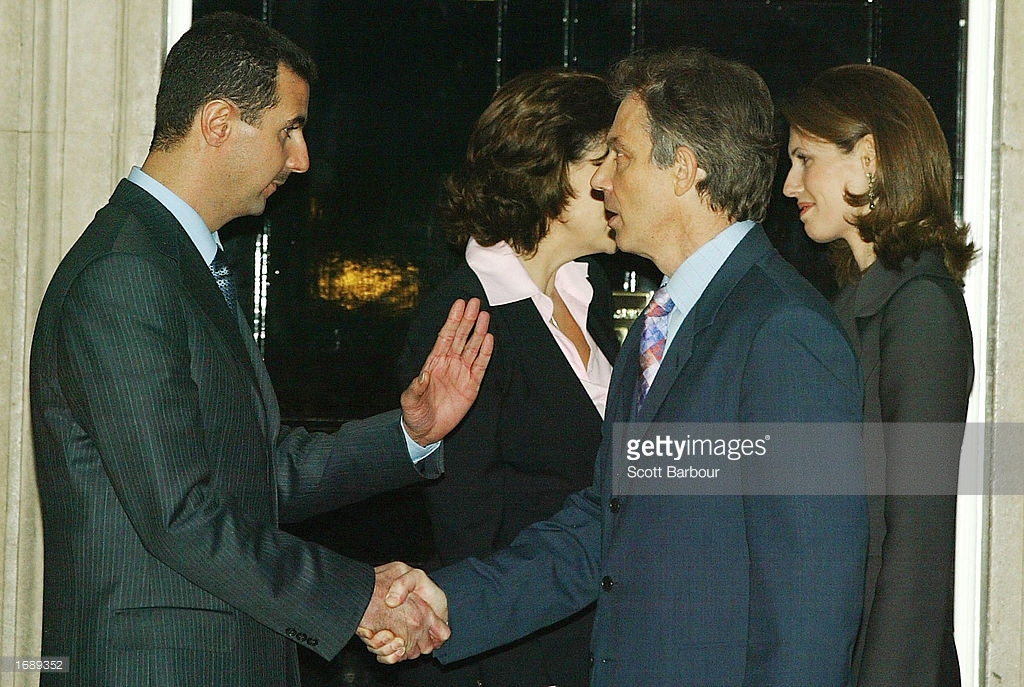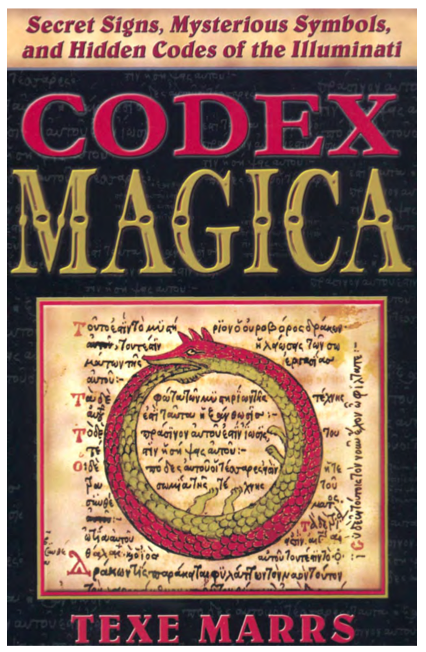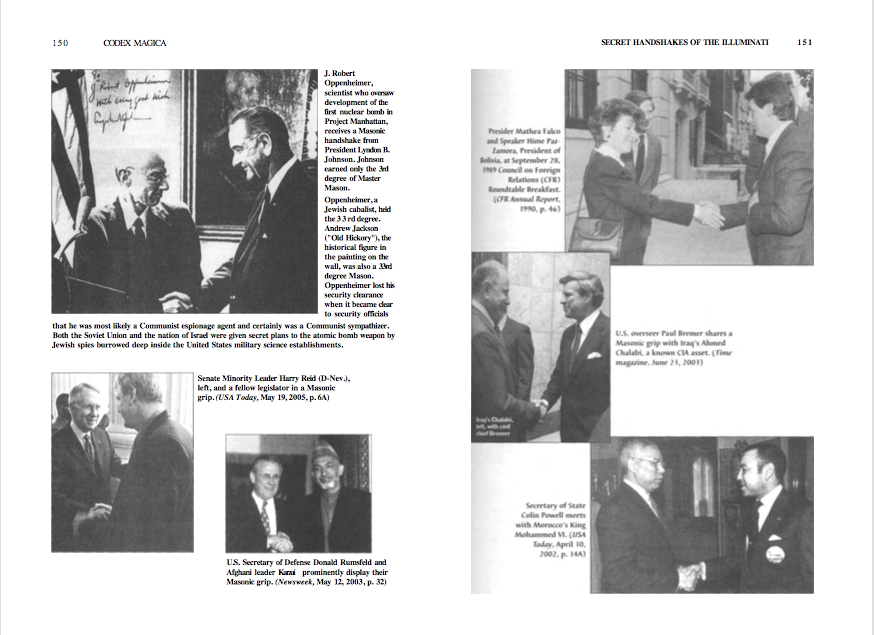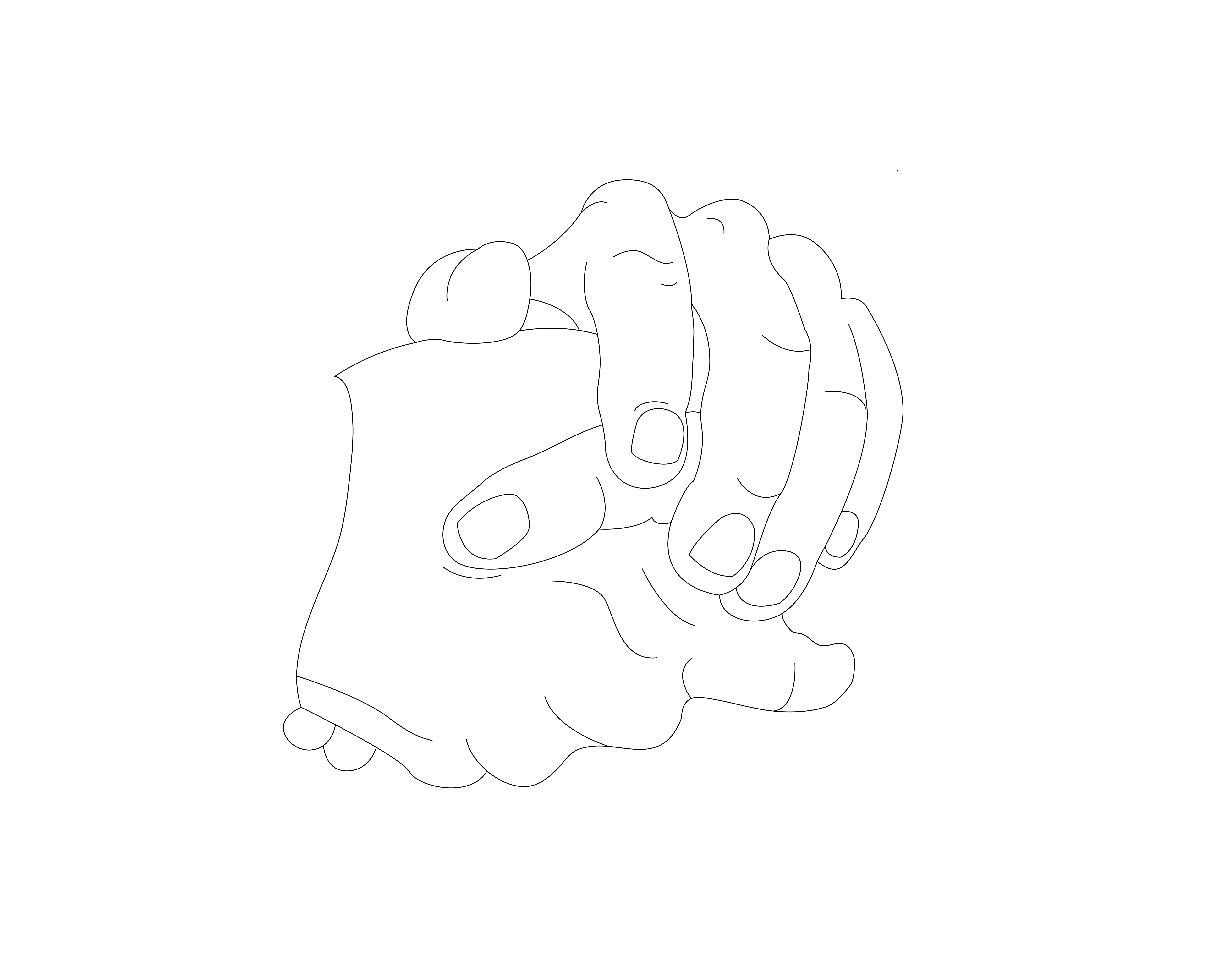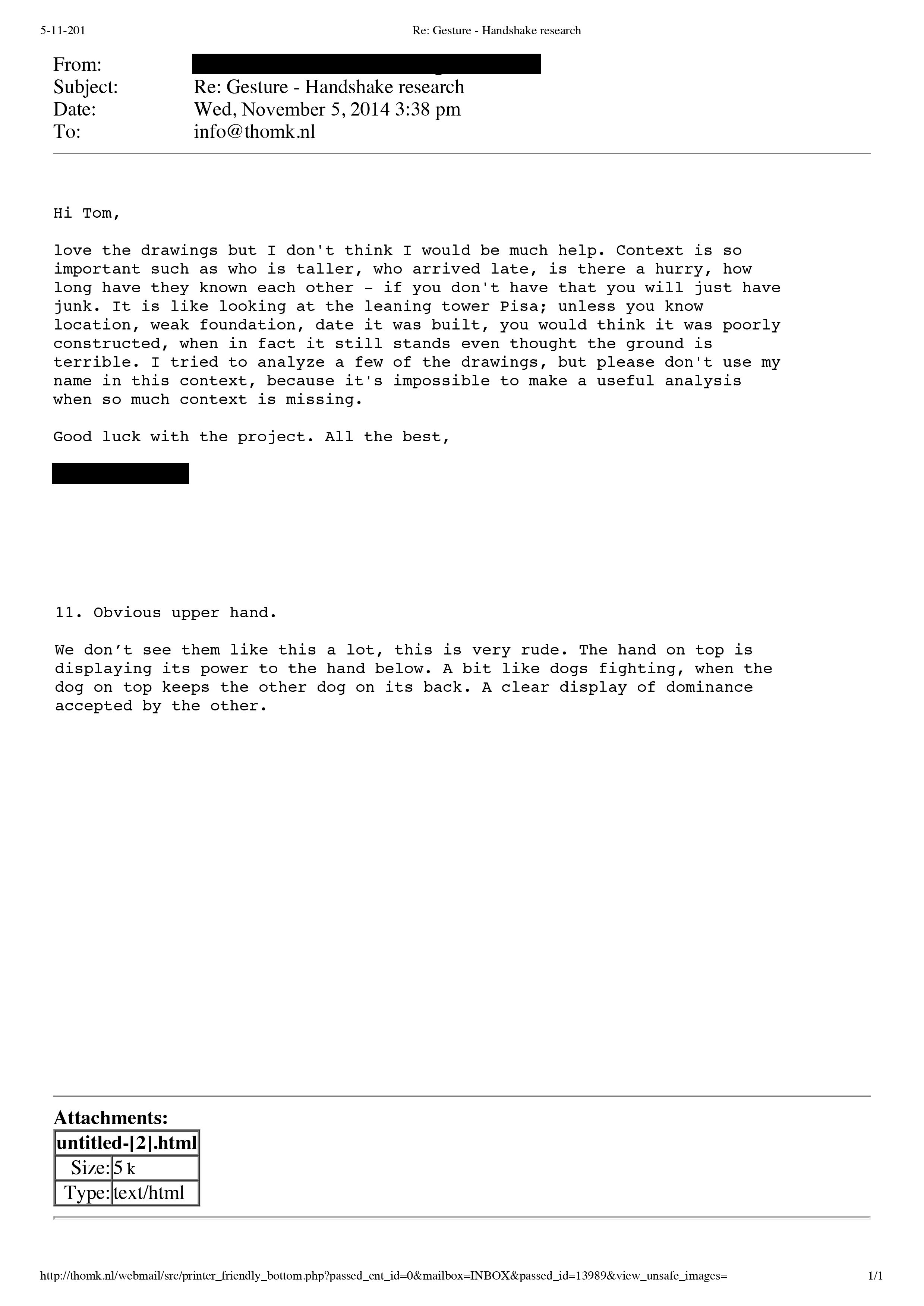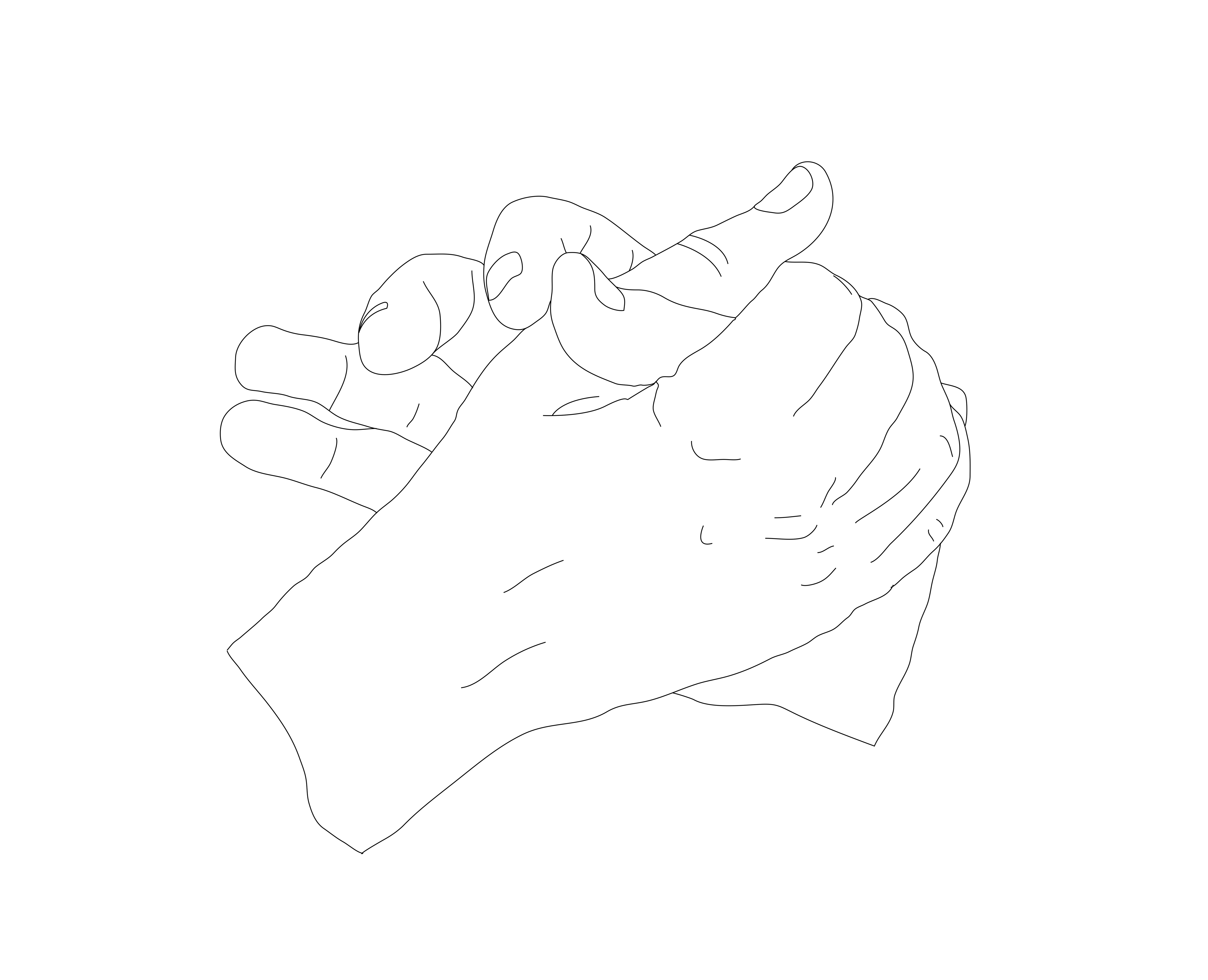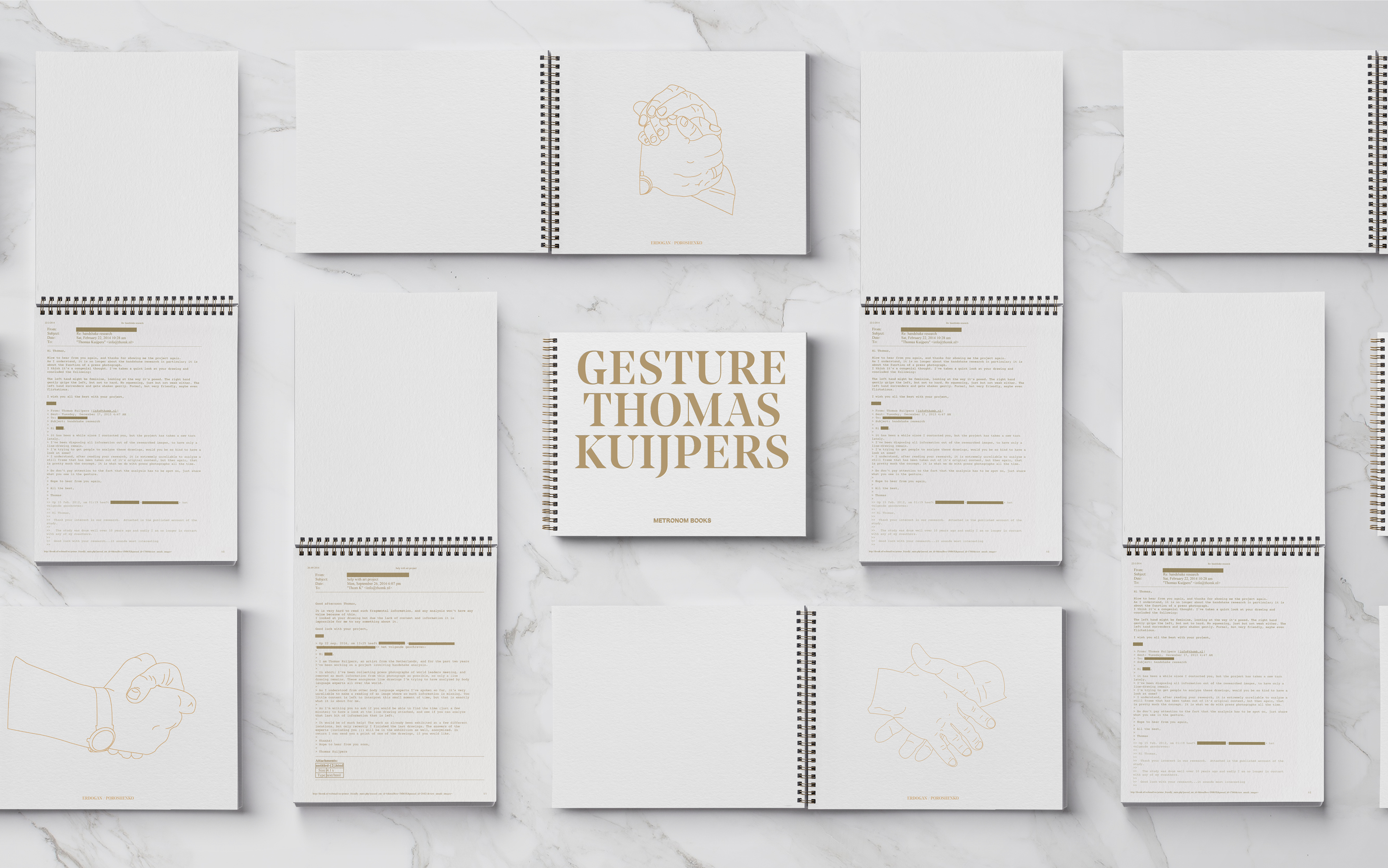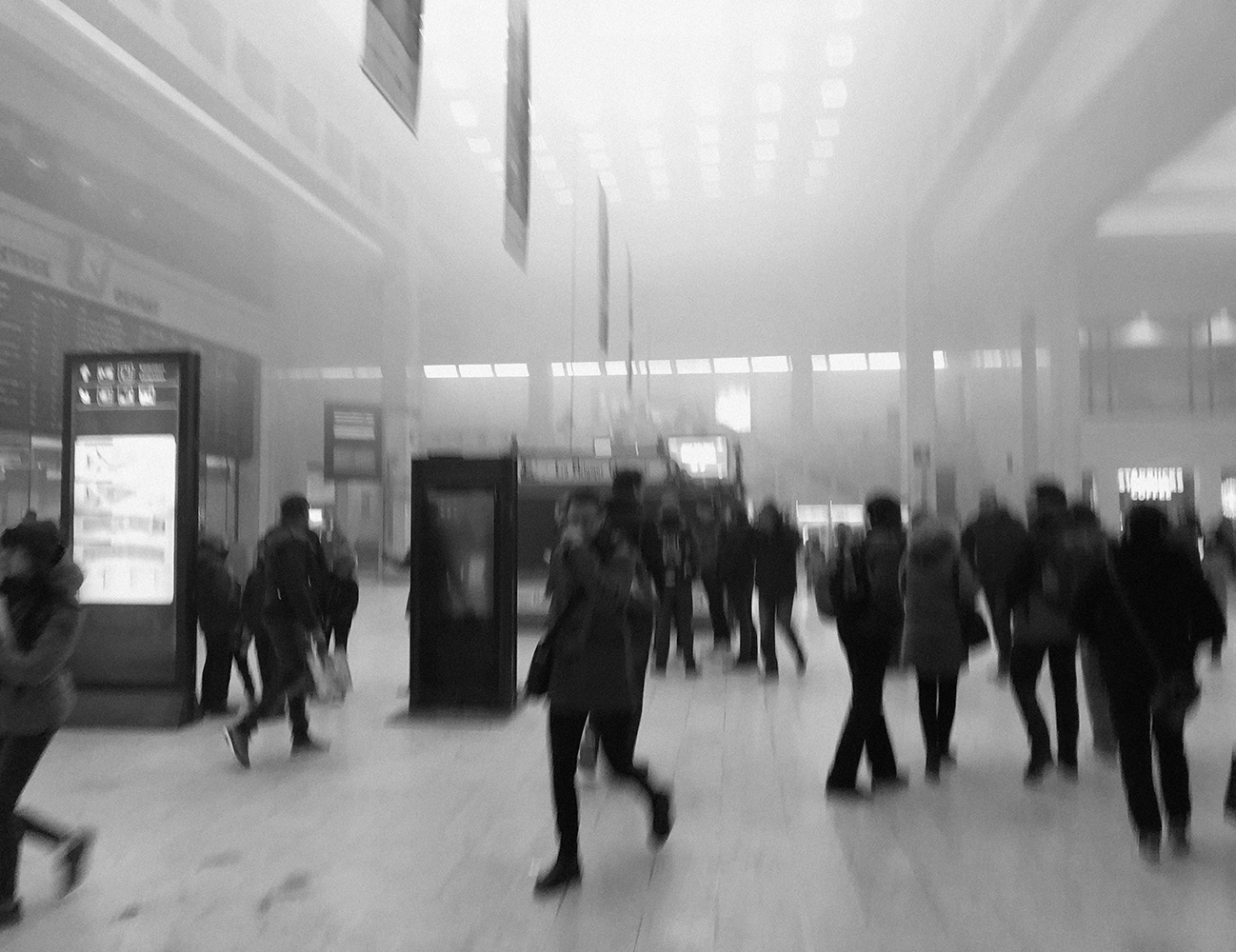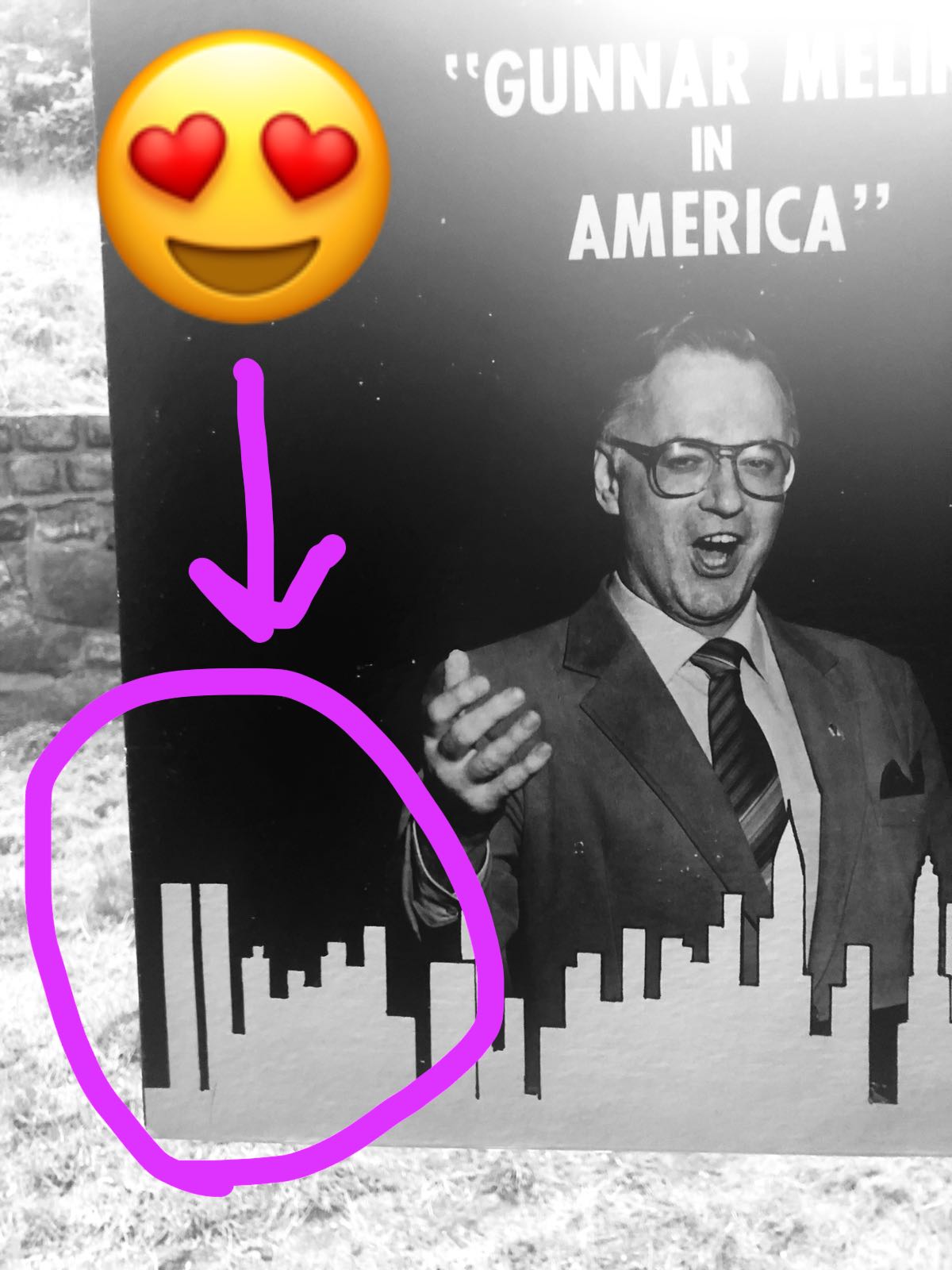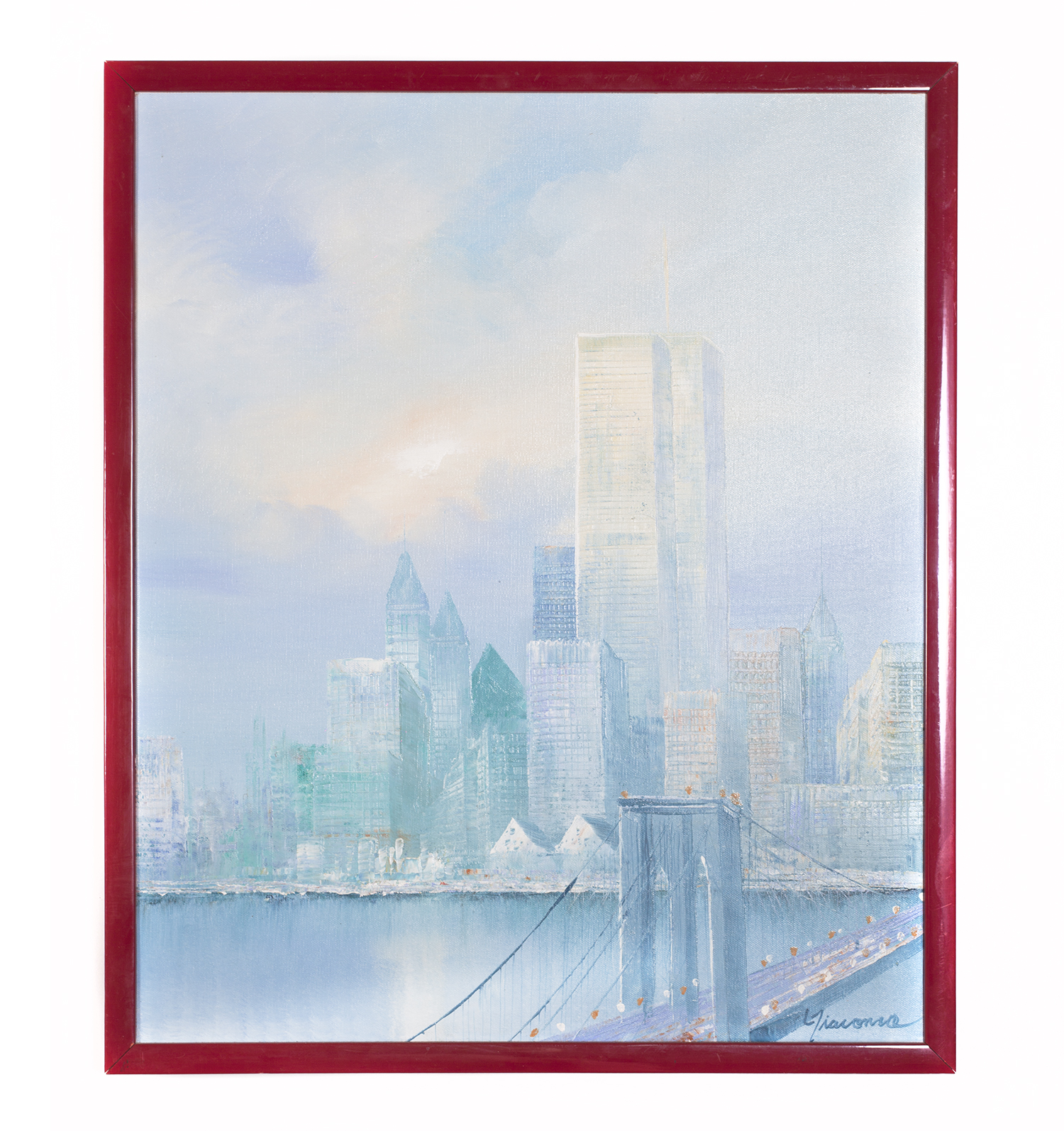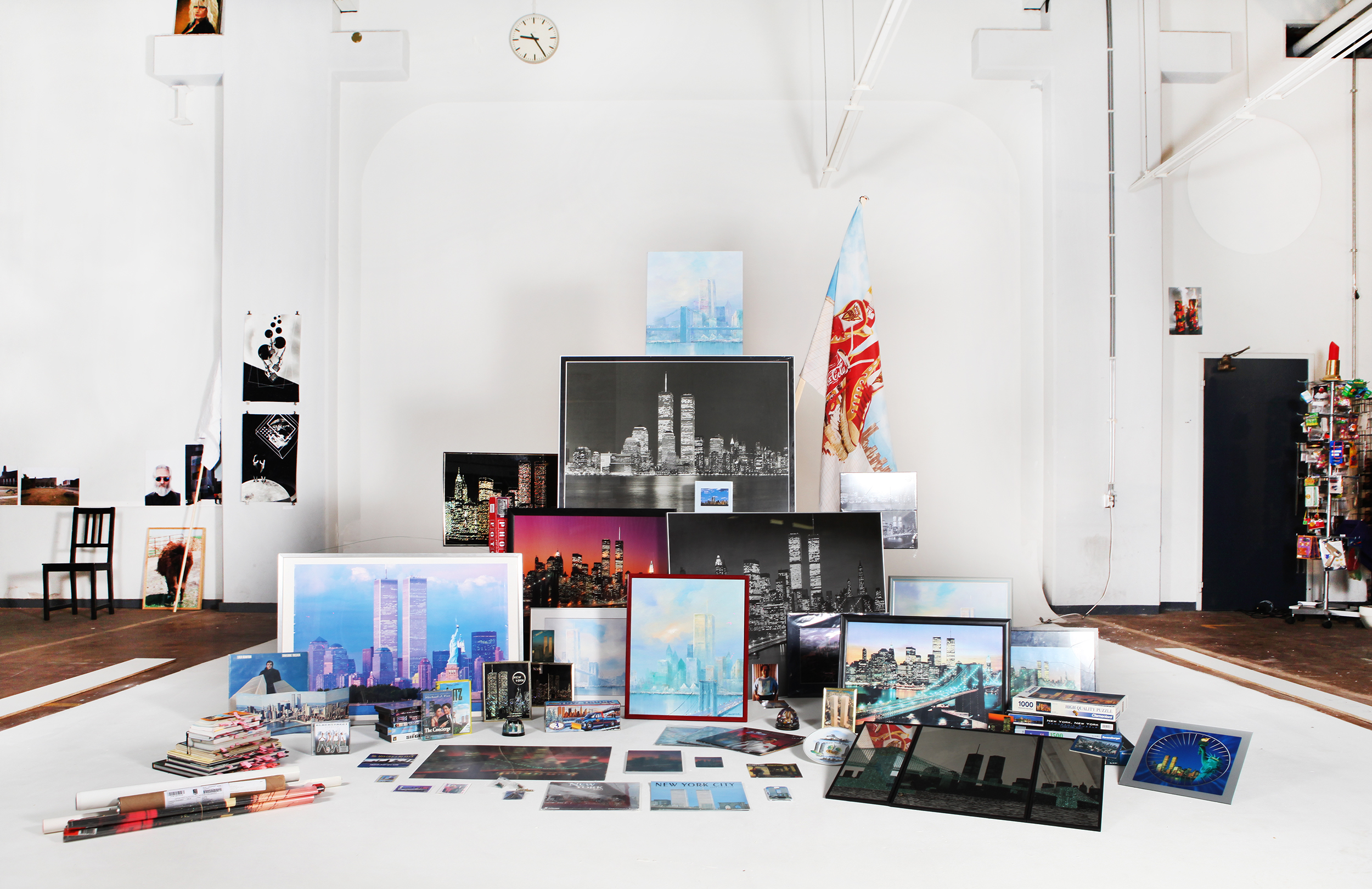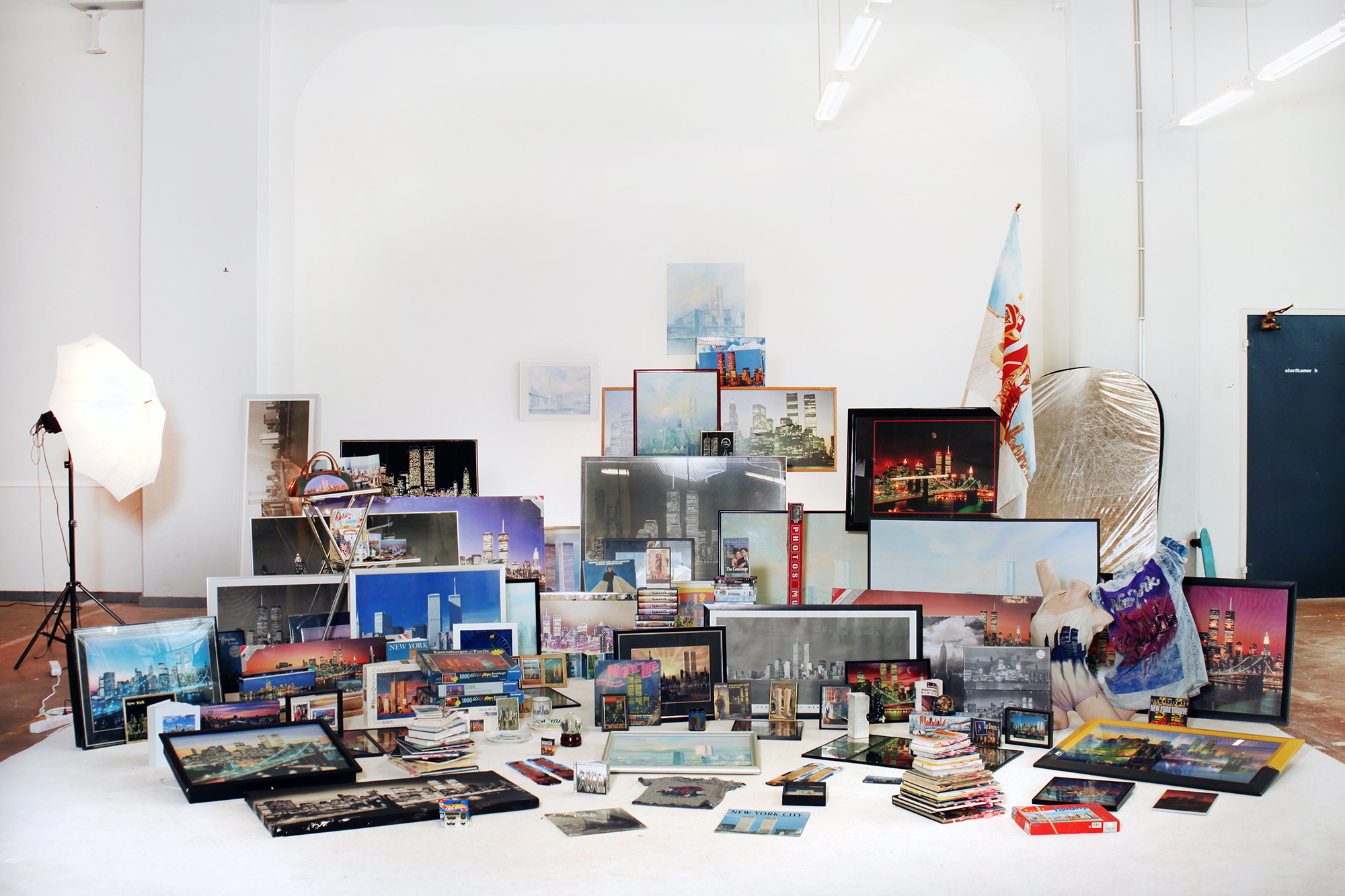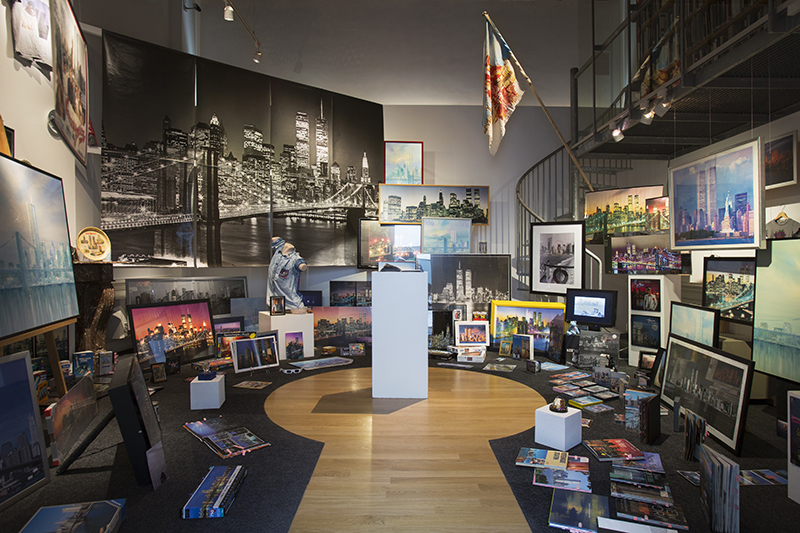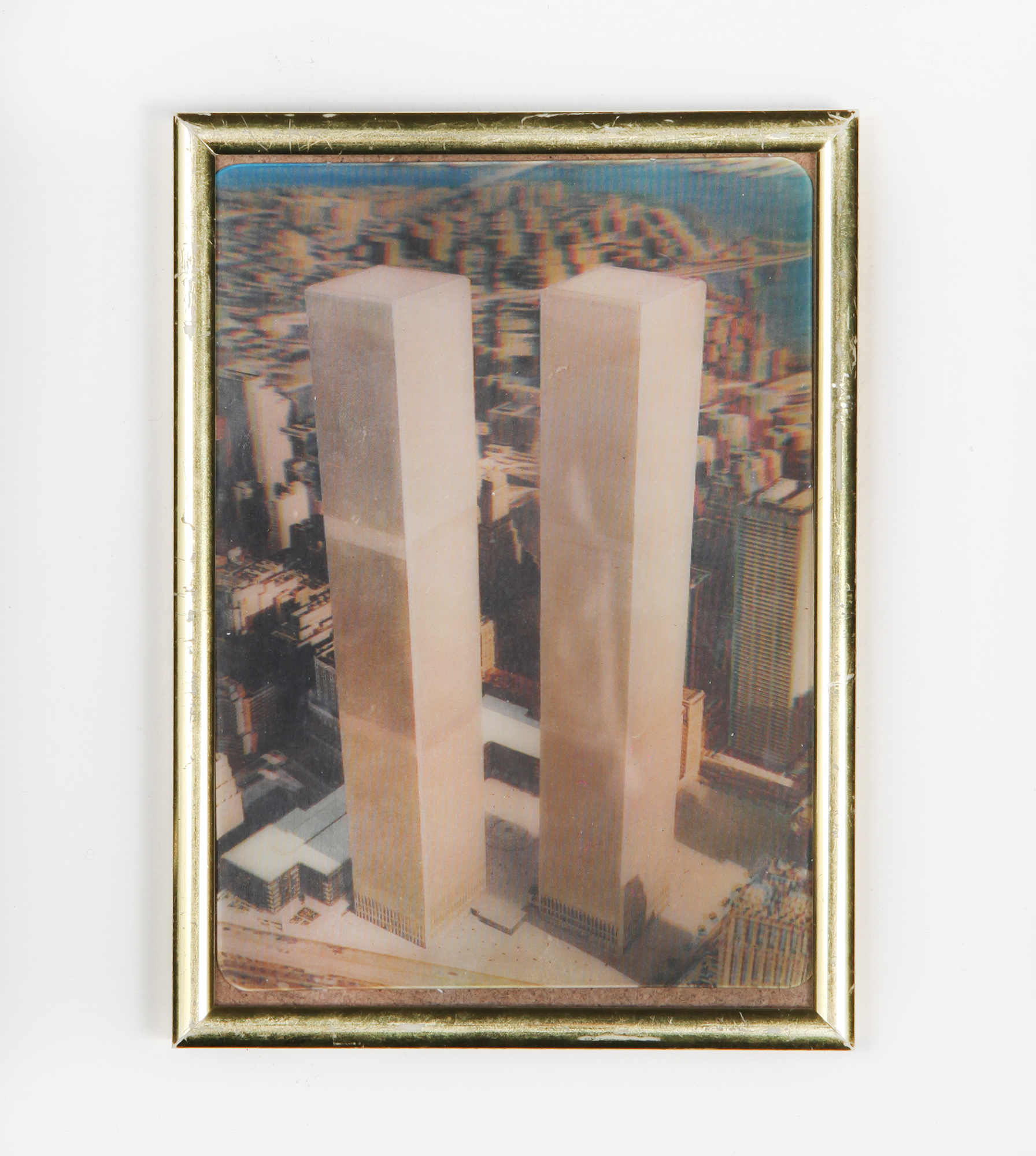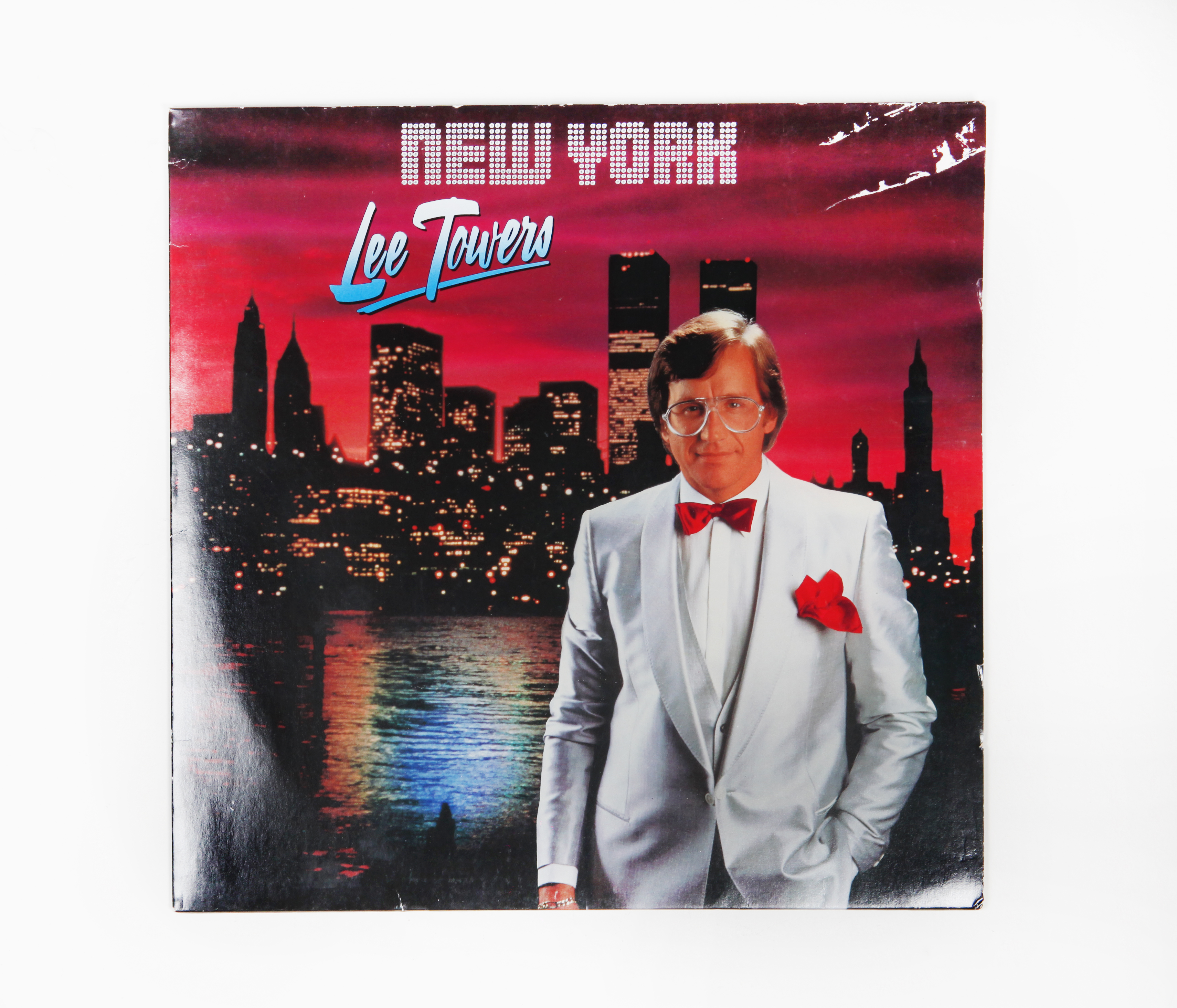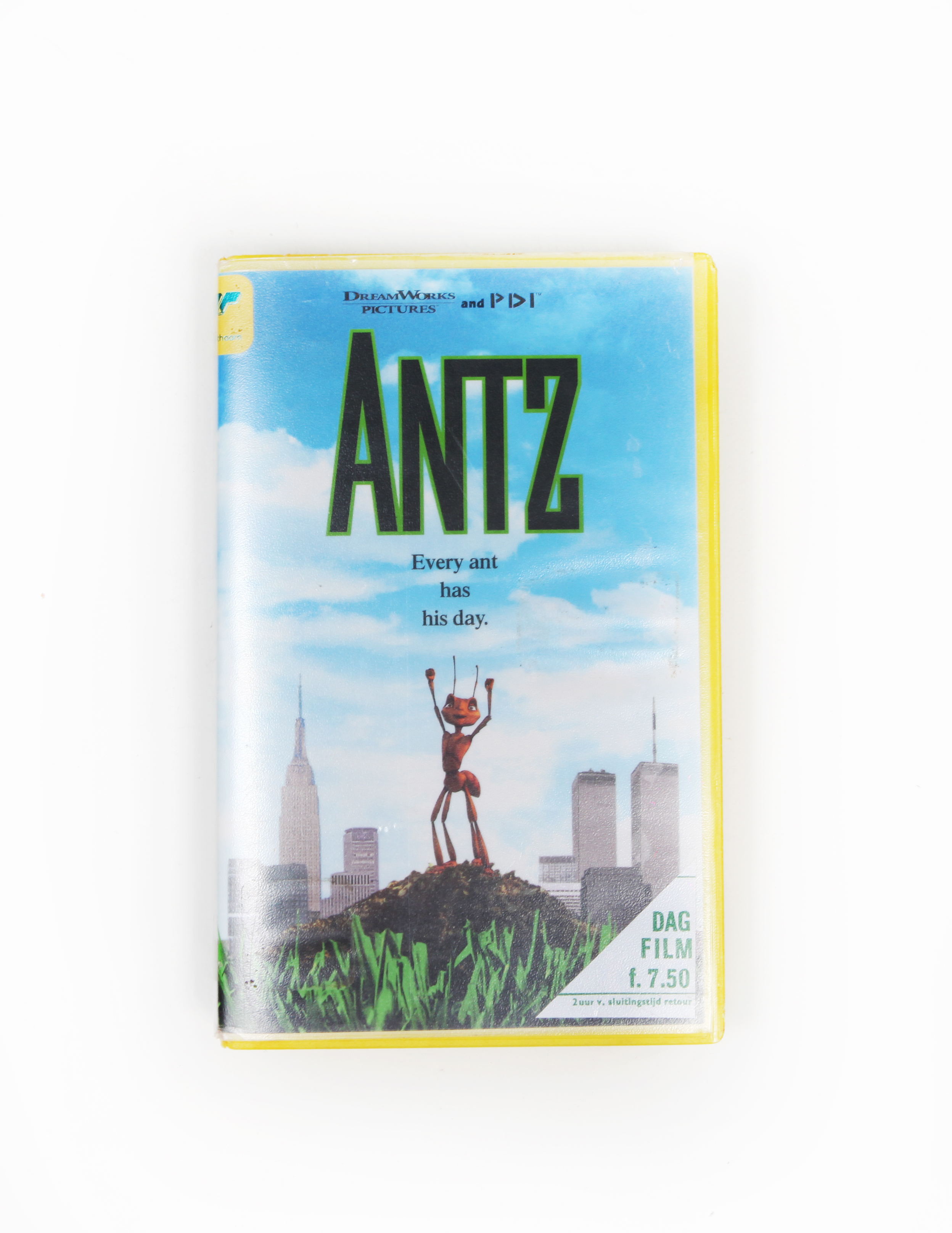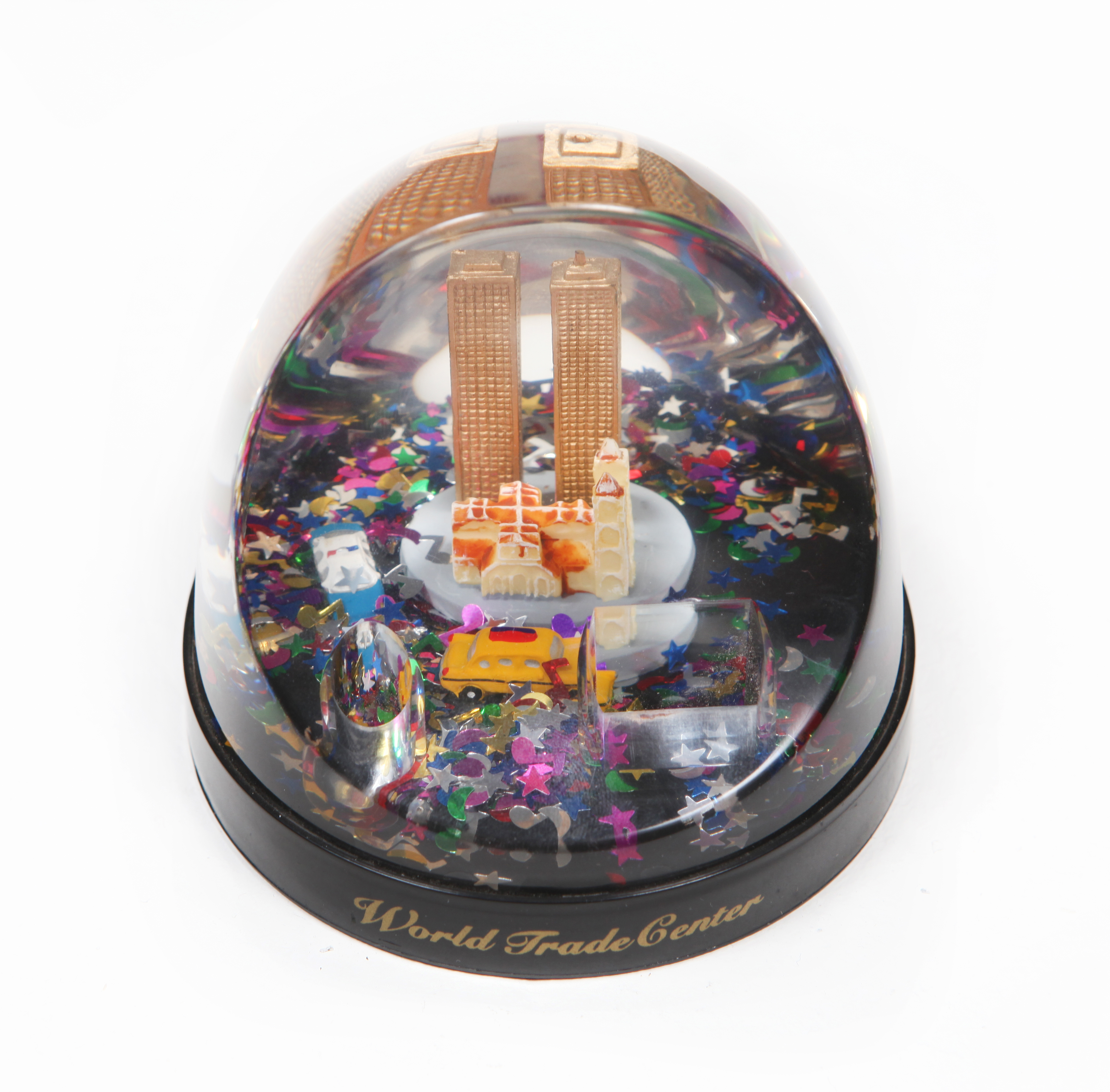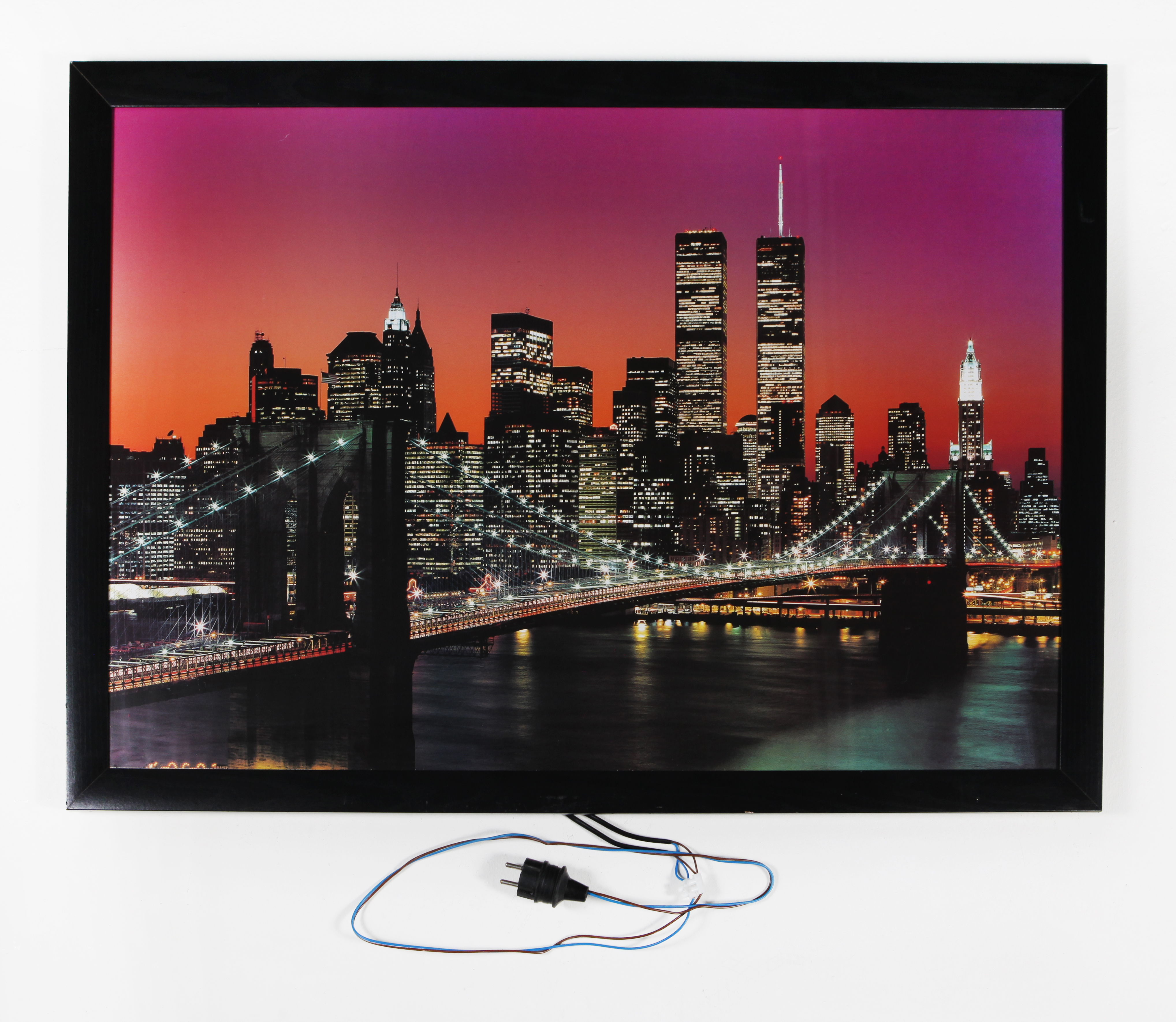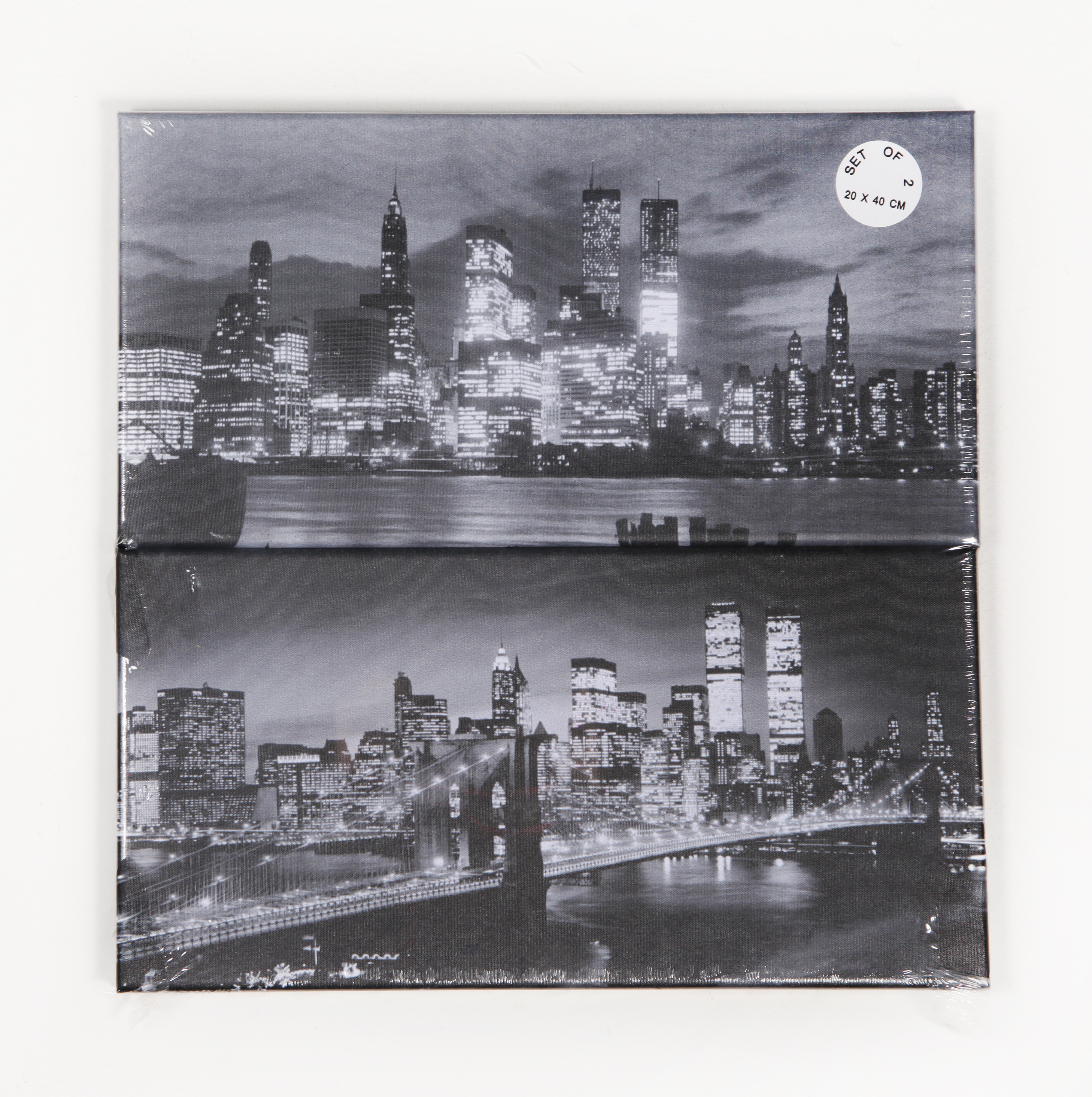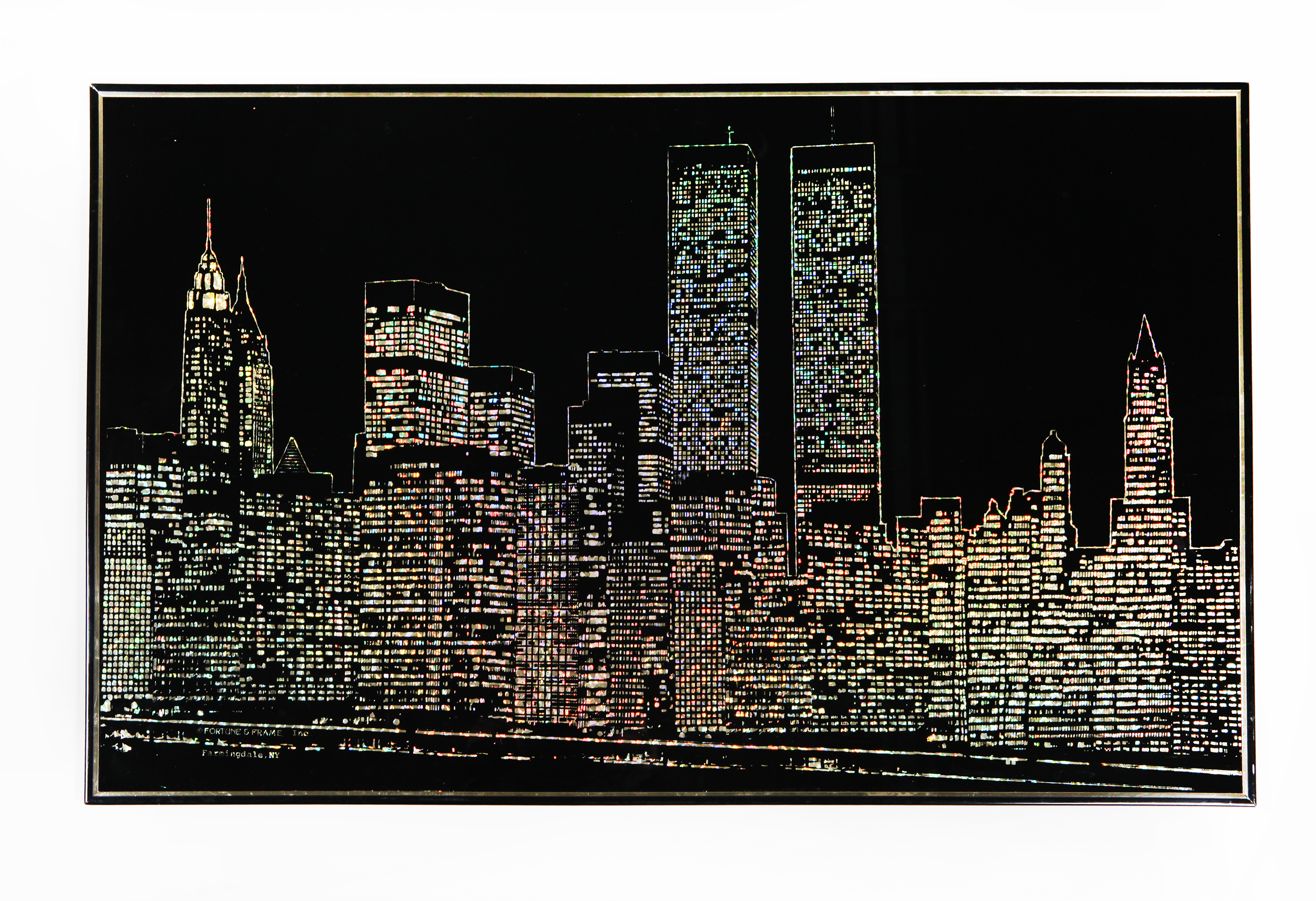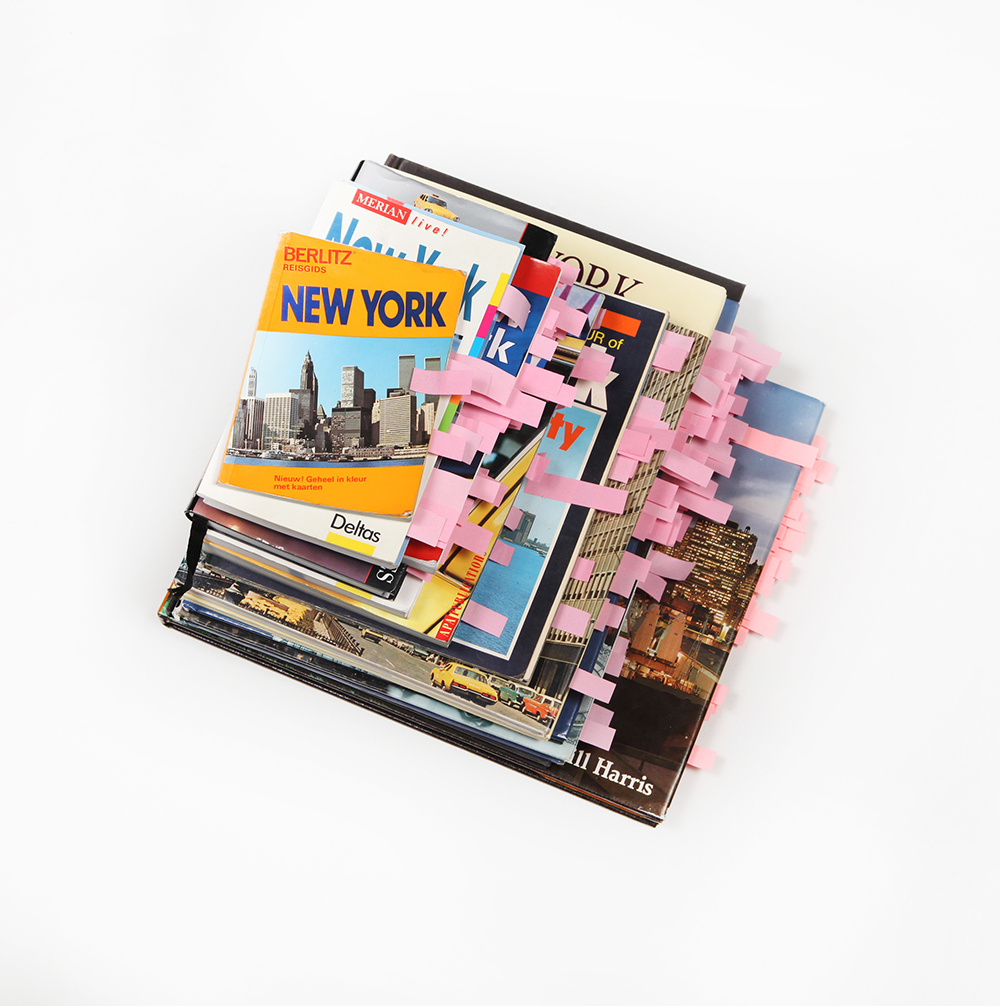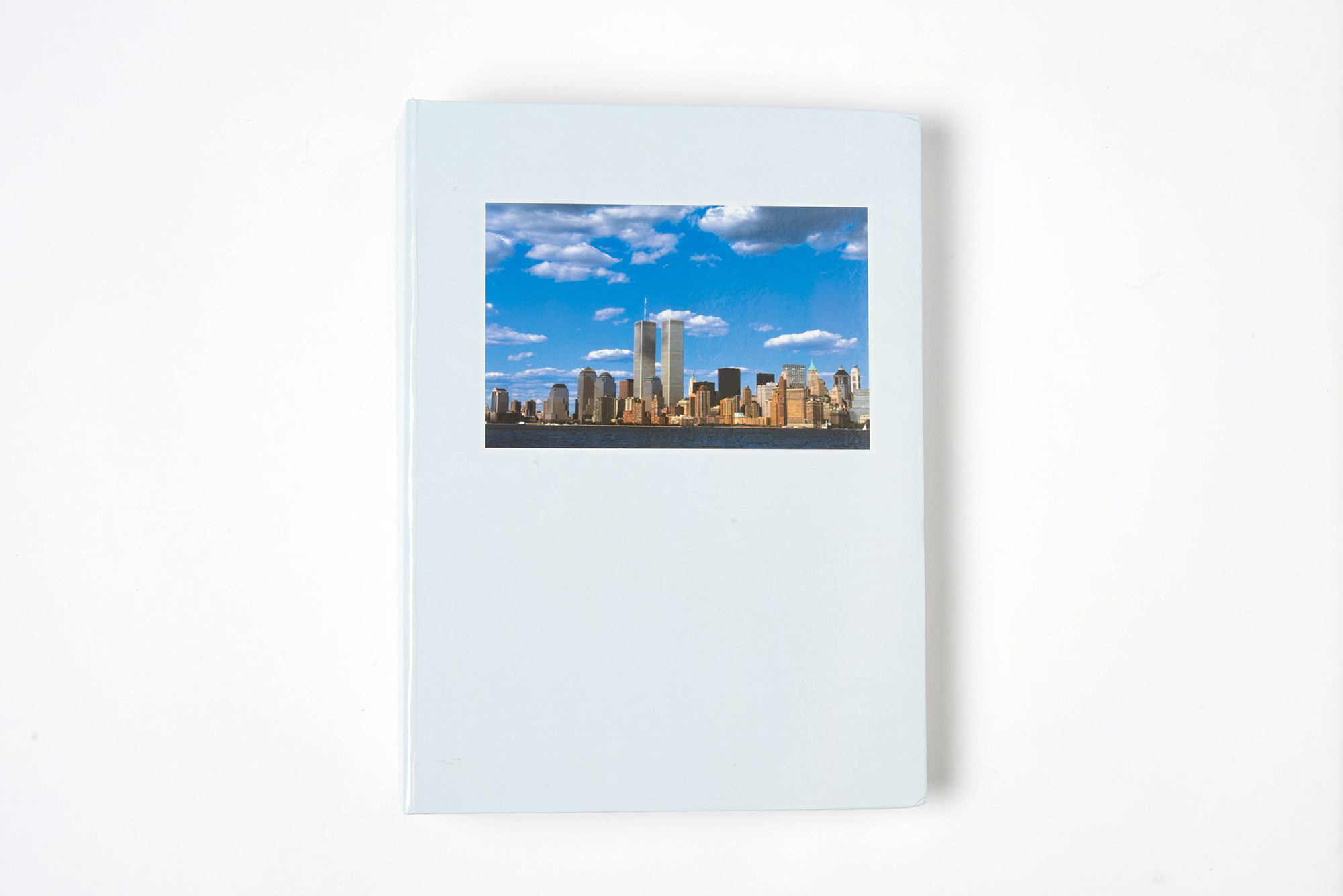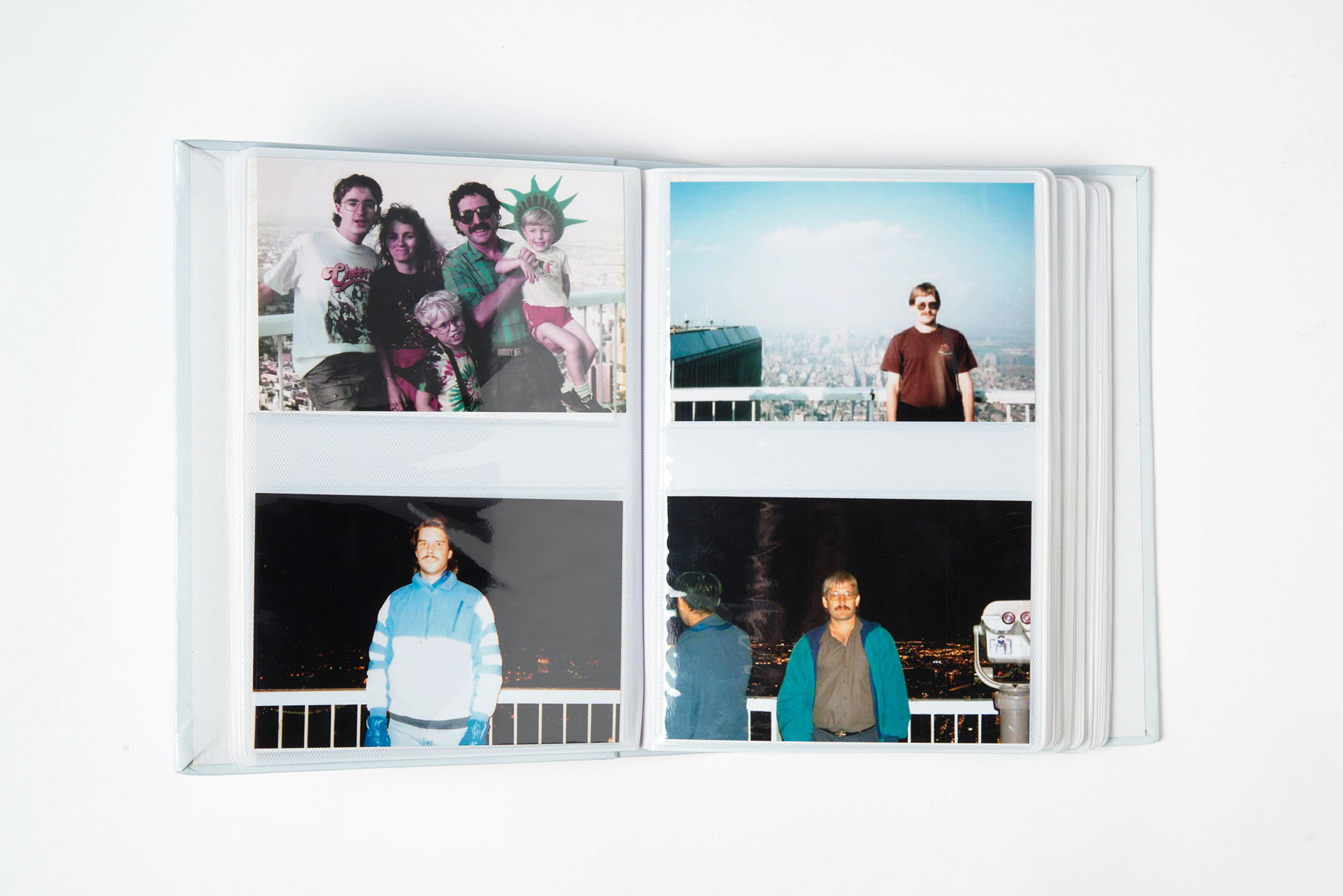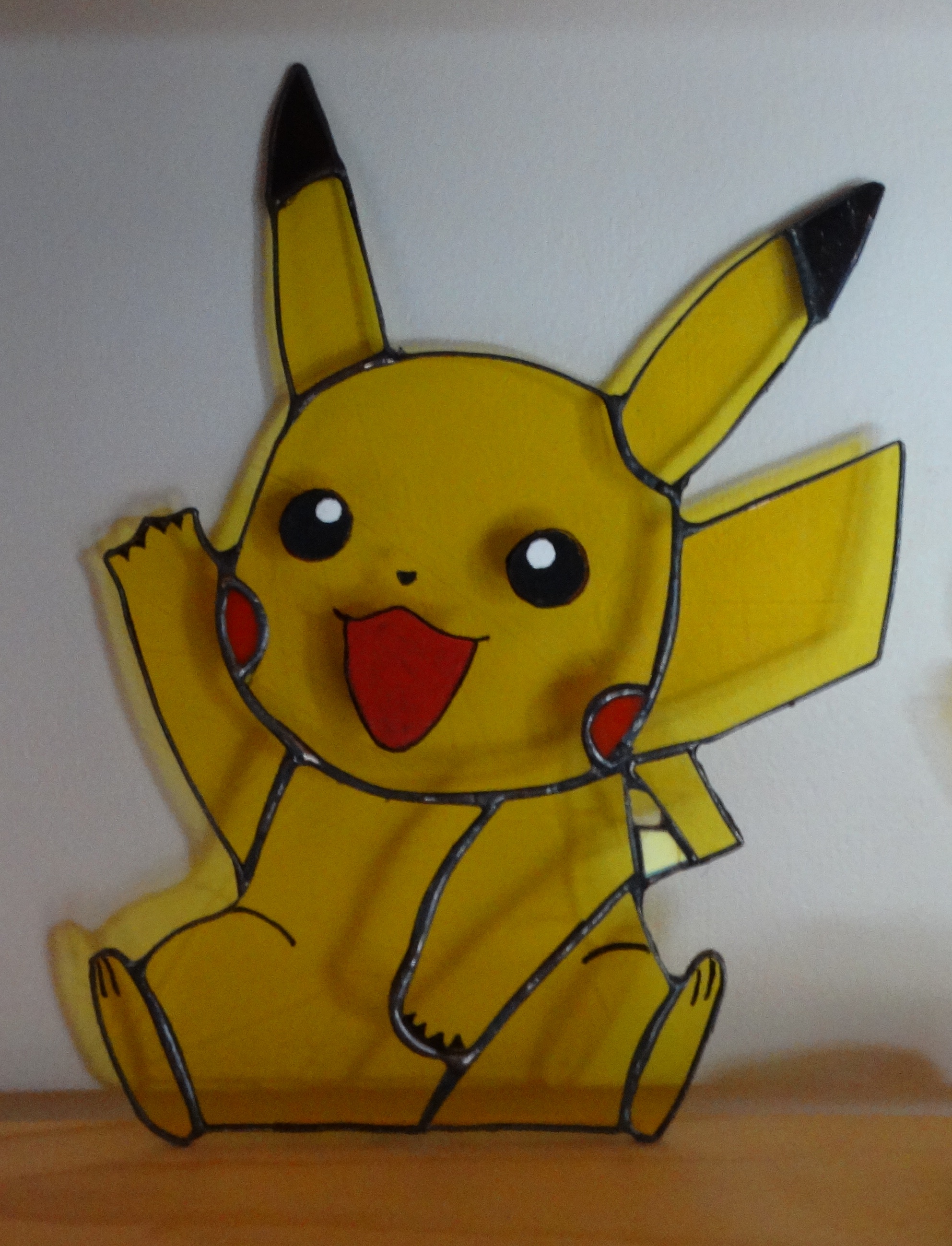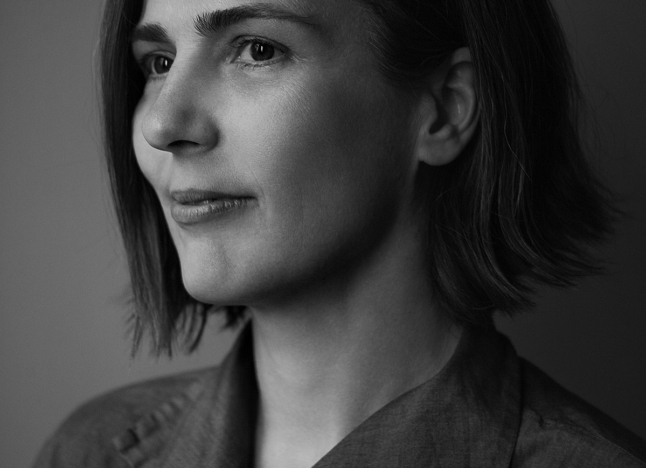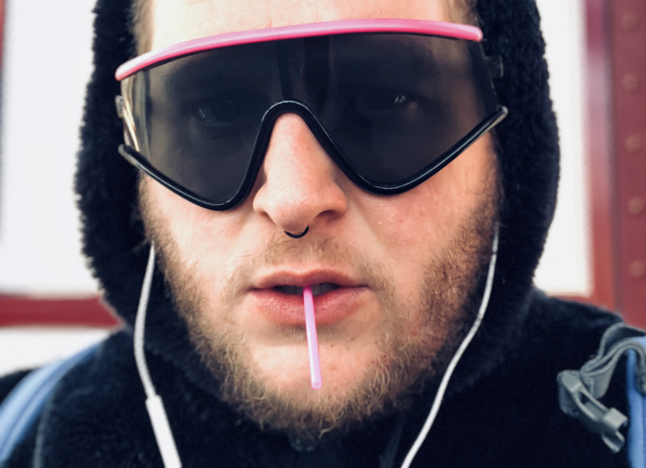Christine Elfman
Artist Feature
Every week an artist is featured whose single image was published by Der Greif. The Feature shows the image in the original context of the series.
Thomas Kuijpers - Bad Trip
May 09, 2018
Kuijpers amassed an archive of front pages, sensationalist headlines, and popular images that kindle a collective fear of terrorism. He encroached into the fringes of the web, tracking the posts of a number of right-wing/anti-Islamic communities to study the kind of information their members consume. In an attempt to retrace what exactly inspires his own angst, he filmed and photographed situations in his daily life that triggered associations with terrorism. A truck loaded with gas tanks: surely the perfect weapon to drive into a crowd? A blurry positive of an ambulance passing at speed: a car bomb explosion. We see a woman participating in an online forum, and a veiled woman on a bus watching what seems to be an online sermon. Both inhabit virtual realities that unconsciously and involuntarily inspired suspicion with the artist. With his therapeutic practice of collecting and deconstructing the visual make-up of a shared paranoia, Kuijpers questions how our perception of reality is led largely by sensationalism, fake news and irrational fears.
Thomas Kuijpers fell into a dark hole after Trump got elected. Where his practice before was always about understanding the structures behind the image, opening up these structures to the public, Trump destroyed these structures overnight by introducing the term ‘fake-news’- instantly making everyone a media-skeptic.
Confused about his role as an artist, and willing to understand why people would give their vote to someone like Trump (or his Dutch equivalent), he encroached into the fringes of the web, tracking the posts of a number of populist communities to study the kind of information their members consume. No work was made in 4 months, and while Kuijpers only consumed this information, something weird started to happen to his daily reality. When being at a crowded party, for instance, these bataclan-flashbacks started to appear, leaving Kuijpers wondering where to run when someone with bad intentions would come in. These triggering moments, to Kuijpers clearly influenced by the amount of information he consumed, became increasingly more present in his daily life. In an attempt to retrace what exactly inspires his own angst, he filmed and photographed situations in his daily life that triggered associations with terrorism. The photographs of these situations where taken back to the studio, where he used his archive of front pages, sensationalist headlines, and popular images to retrace the cause of the paranoia at that moment. With his therapeutic practice of collecting and deconstructing the visual make-up of a shared paranoia, Kuijpers questions how our perception of reality is led largely by sensationalism, fake news and irrational fears.
Artist Blog
The blog of Der Greif is written entirely by the artists who have been invited to doing an Artist-Feature. Every week, we have a different author.
Published in:
»Guest-Room Susan Bright«
Hi, I’m Thomas, I’m in search of something better
May 17, 2018 - Thomas Kuijpers
Hi, I’m Thomas, I’m in search of something better
I felt like it was time for some optimism. I got the chance to participate in the Grolsch Unseen Residency, that this year takes place in Stockholm. The perfect place to find ‘something better’ I thought. Because in Sweden everything is perfect, right? Also, the lack of vision in the political landscape in the Netherlands and Belgium (the countries where I work and live) is getting really annoying to witness – also a good reason to go to Sweden, because I’ve always looked at this government as a government with a vision.
CNN stated in 2017, just after the Dutch elections “Europe’s far-right populists fail first test” – because the most far-right guy didn’t win the elections. But didn’t he? I mean he didn’t become the biggest party, but mainly because all other parties started to adopt parts of his radical party programme – that’s how they got some of the votes back. They traded their vision for votes. Social parties of which you wouldn’t have even ever thought they would make statements like this suddenly acted like it’s normal, the new standard, we have to face the reality. Vision, ideals, out of the window. Europe’s far-right populists won big-time, and for the first time in the Netherlands, where one radical political party managed to drag the whole political spectrum of what used to be called ‘the most tolerant country in the world’ towards a narrow-minded anti-immigrant based majority. The whole spectrum shifted a big chunk to the right. The easiness, with which some social parties traded their vision for votes, was astonishing to me. Who to trust? Not only in Europe, I mean, look at Trump, one day he says A, the next day he says B, and a week later he skips from X back to P. It makes no sense. It’s all so short term. Our contemporary politics are best to be described as governments of damage control, without any real vision that reaches beyond the problematics we are facing.
Sure, we have big issues to solve, the immigrant crisis is called a crisis for a reason, so is the financial crisis, the environmental crisis, we can go on like that for a while. But it seems that very little thoughts about the world that exists after these problems reach me, especially through politics, what would be the perfect stage for thoughts like these, right? It used to be, at least. What does the perfect place look like, in case we conquer these obstacles? What is beyond these mountains of major issues? Maybe if we find an answer to that, it would give us a sense of direction. I’m not going to find the answer, but I’ve been asking a lot of locals here in Stockholm these questions, and most importantly the road they think we have to take to get to that point. Even in Stockholm, one of the wealthiest cities in the world, I encounter so many different voices that have a wide range of visions on how the perfect society should look, and what would be the best route to get there.
I’m collecting all these visions, words, quotes, and writings that touch upon the things I’ve heard so far. The foundation of the work thus lies again in the things I collect, but in a completely different manner this time. The ingredients aren’t steady facts, black on white, they’re floating ideas of how we could get to a better world – hard to value. Not solid. I think for this concept and this project this is exactly what I need to collect though. I’m one month in now, one month left. Halfway there. But still no idea about where it will end. Like someone told me: “We’re moving forward, that’s inevitable, even if forward means backward – but the destination is up for debate.”
I will share some super premature sketches of the ideas so far:
Currently, I’m in the middle of rewriting all the things I’ve heard, along with some scenes I saw on the street I thought where interesting additions, into something that has to have the illusion of a dialogue. Two people, sitting in the same car, driving through the darkness, not seeing exactly where they are going, will spill out these parts of interviews I’ve conducted over the past weeks. Different visions of where we want to end up, and how we will get there. Sometimes the two monologues will connect, creating the illusion of a dialogue, a bridge between two ideas that might come together, but then they will drift off again.
I will highlight some of the quotes that will be part of the movie, as some of them will also get a secondary visual interpretation.
“It’s true that we have a history of aiming for some form of perfection within our society. Since years the government has been pursuing this idea of the individual freedom as the highest good, financial, educational independence, equal chances for everyone. The urge for individual equality and thus freedom is something we grow up with. It’s not about all ending up as equals, but about us all having the same chances and freedom to take a path that suits us best.”
“If my country would go back to being a white country, with the values that were once very normal here, I’m happy. We want to take care of every single one of us, no matter if he’s old, handicapped, or sick. But the immigration costs us a lot of money, and because of that, we can not do it. So they need to leave. All of them. So we can take care of our own again.”
“But it’s not a place where we’re going. It’s a process, for which we’re all responsible. An irreversible process, of which the destination might just as well be a place we really don’t want to be. The quest is to avoid this. Don’t play with unforeseen outcomes, they are likely to be unpleasant.“
“The thing is, as long as we won’t accept our colonial heritage, things will never get better, because we will never rationalize why we have what we have, and with that why we want to protect what we have. With all these immigrants coming in, this is the most heard argument. The fear they will take from us. Like our ancestors took from them. The presumption of this idea only has to be confirmed once or twice in global media, and we’re back to this protective state of being, ousting things that are different and thus untrustworthy. If we could only bridge this gap, and look at them as ‘us’ – I think about 90% of all problems in the world would be solved. No idea how to get here, but I guess a good thing would be to start with teaching our kids a non-whitewashed version of history. Not to overload them with guilt, but next to being aware of the effects of fake news it would be a good thing to be just as aware of fake history.”
Thanks to the Greifmeisters for opening up their platform to me, and thank you all for reading! Hope to see you in London, or during Unseen in September where I’ll be presenting the project described in this blog. Luvvv! T
Hi, I’m Thomas and I’m an accidental Illuminati researcher.
May 16, 2018 - Thomas Kuijpers
Sometimes I’m collecting these things, but I’m not too sure why. As seen on the list in the first post, there’s actually plenty of those to mention. Sometimes I just think it’s funny, but most of the time there’s a different kind of urge. I feel there’s a story to tell about the collected narrative, but I’m clueless on how to do it. What then usually happens is I take a box, and I put in all the collected material, put it on my pile of boxes that all have some form of collection in them (sorry, have no picture at hand of this, I’m currently on residency in Stockholm). I look at my boxes as cheeses. Some are nice to eat young, but some of them really need to mature before they get good (This metaphor can only come from a Dutch guy). This was also the case with this box of handshakes of world leaders I’ve been collecting for years. I found a great interest in the theatrical moment when world-leaders meet in front of flashing camera’s shaking hands, smiling, and leaving again for the real confrontation, conversation. I collected hundreds of them, mostly from the newspapers, but also stills from video-broadcasts, from online media. All got printed and indexed with exactly the names and dates, then stored in the box. This collection of friendliness showed me a weird version of what global politics are like, or could be interpreted like. As the box sat on the shelve for more than two years, maturing, and sometimes getting added with some new ingredients, I stumbled across this book called Codex Magica: secret signs, mysterious symbols and hidden codes of the Illuminati. Don’t ask me how I found it, I don’t remember, it wasn’t a weird story, although maybe it should have been.
Anyway, while reading this book, I saw these strange photographs and analysis on how certain grips could have been interpreted as evidence the people depicted in the photographs are members of the Illuminati. This is when I knew what to do with my photographs, and the project Gesture came to exist. I need to have them analyzed, not in particular on Illuminati-skills, but on general body language! Can we read something that is hidden in this meeting, something that will reveal a different message, something that punctures through the theatrical display we’re seeing?
To make this analysis as unprejudiced as possible, I decided to remove all noise around the gesture, no colors, no faces, no skin color, no backgrounds, no nothing. It needs to be just a line drawing, and the analysts won’t get to see the names either. This is when I started selecting a string of images from the box, ordering them, building a political narrative with the order, and having the drawings analyzed by various body-language experts over the world.
[[Commercial break]] The full work, which in the end consists of 100 drawings that form an enclosed circle, has just been published by Metronom Books, and will be released during Photo London this friday!
Tomorrow some background info on the Bad-Trip series, and how collecting was essential within this project as well. Cheers!
Hi, I’m Thomas and I’m/was scared of terrorism
- Thomas Kuijpers
Hi, I’m Thomas and I’m was scared of terrorism
My recent work Bad Trip also is influenced by a large deal of collectivism, although this wasn’t the first intention. Where with the Twins were still beautiful the massiveness and quantity were important, and the collection was the intention and core-concept at itself, this was already completely different with the Gesture series, where a collection of images was there, without knowing exactly how to distill the narrative I was looking for from them. In Bad Trip yet another approach emerged, where the collection kind of guided me back to rationality.
The preface of this project is found at the moment Trump is elected as president. I kind of fell into a dark hole after this moment. Where my practice before was mostly about understanding the structures behind the image, opening up these structures to the public, Trump destroyed these structures overnight by introducing the term ‘fake-news’- instantly making everyone a media-skeptic. Confused about my role as an artist, and willing to understand why people would give their vote to someone like Trump (or his Dutch equivalent Geert Wilders), I encroached into the fringes of the web, tracking the posts of a number of populist communities to study the kind of information their members consume.
I made no other work during approx. 4 months, the only thing I did was this. I collected everything I saw, hoping to make sense of it in a later stadium. All articles, images, videos, statistics where indexed mostly as hardcopy in yet another box, as where the newspapers of this period, because most of the time they run parallel stories- even though explained rather differently in these online fora. After a month or so, something weird started to happen to my daily reality. When being at a crowded party, for instance, these Bataclan-flashbacks started to appear, leaving me wondering where to run when someone with bad intentions would come in. Of course, this already happened before sometimes, but I noticed a significant parallel between the information I daily consumed and these moments becoming increasingly more present in my daily life.
In an attempt to retrace what exactly inspired this angst, I started taking snapshots of these moments of paranoia. The photographs of these situations where taken back to the studio, where I used the archive of front pages, sensationalist headlines, and popular images to retrace the cause of the paranoia at that moment. I this case I needed the archive in order to rationalize and realize I had been ‘programming’ myself with a heightened sense of paranoia, which could be ‘deprogrammed’ by retracing these steps. The exhibition text for the Foam talent show, in which part of this project is currently touring to London and Frankfurt, sums this up beautifully:
“With his therapeutic practice of collecting and deconstructing the visual make-up of a shared paranoia, Kuijpers questions how our perception of reality is led largely by sensationalism, fake news, and irrational fears.”
For a more extended view on the series, see last years Foam Talent Issue or the Artist Feature here.
I recently made the last image for this series, haven’t retraced the steps for this one yet, maybe it’s not needed for this one. Here is the image, and the corresponding text (most of the works in this series have a small diary-type of text on the back putting the moment in perspective):
18-3
We had a great day in Brussels, visiting friends and eating fries. Around two we walked back to the train station, to catch a train home. At the traffic light just before the station, we saw about 10 police cars passing by with sirens, driving towards the central station. My girlfriend immediately said: “there’s something going on Thomas, an attack.” I said: “no man, nobody is panicking, if it were serious you would have known.” We walked closer to the central station, and people were still quite calm. No police, no army, though a strong smell of explosives was present. On the square in front of the entrance, I saw a lot of fireworks, like the ones used at football matches. We walked into the main hall and it’s filled with smoke, the smell of fireworks even stronger. My girlfriend doesn’t want to go in, she doesn’t trust the situation. I see the sticks of fireworks, the remains, and think it is quite a dumb and provocative location to fire off fireworks, but immediately know it is harmless. No terrorist would pronounce his attack with dozens of colorful fireworks. The fog was a bit red-ish, as far as I could tell. I convince her it’s all okay, and we can catch the train. Think this means I’m healed. Terror threats haven’t been super present in our daily news the past weeks, ISIS seems to be defeated for the most. This was the first time I felt the bad trip disappearing from my system. Later when I looked it up, it indeed turned out to be football hooligans of Luik/Liege, that misbehaved. My rational response was accurate.
Hi, I’m Thomas and I’m still a hoarder.
May 14, 2018 - Thomas Kuijpers
In fact, look at what I found today in the second hand store here in Stockholm! Another beautiful item for my Twin Towers collection. I’ve been collecting pre 9/11 images of the Twin Towers for over five years now, and it all started with a painting I saw at a second hand shop. I ran into this super kitsch, purple-ish painting of the New York skyline, with the Twin Towers centred in the middle. When the towers came down, I, like most kids of my age, watched it live on TV. I was 15 years old, and immediately grasped the importance of the situation. I even kept the newspaper of the day after, which is still in my archive. But the interesting thing about this moment was, that I had no connection whatsoever with these towers in particular. The moment they came down was the moment I learned of their existence.
When I heard ‘Twin Towers’ ever since, it immediately triggered images of the second plane hitting the tower, the explosion, towers falling down, people jumping out, clouds of dust filling the streets of New York City. As if I’d been there. As if we’d all been there, live, with just a screen in between. This later became a significant moment in my artistry, as it is for a lot of artists of my generation I guess, because this was the very first time we got a conscious note on how strong the impact of a media-event like this could be. All the things that unfolded from this single event, and the way the constant repetition of these images contributed to all these effects, was mesmerizing to me, even at that age. The more surreal the moment was, when I found this painting in the thrift shop, almost 10 years later. The only caption the painting had said ‘Painted before 2001’. I looked at the painting, and while gazing through all it’s kitschness, something new happened to me. The planes got on hold, the towers falling down as well – I got to experience the image as it must have been perceived before. Not like the image, but an alternative image opposed to the ones that always had been triggered when looking at images of these towers. Here they were, in their beauty, strong, fierce, a proud part of the New York Skyline. An image I never got to experience before.
I decided to buy the painting (the start of this collection), and under the title When the Twins were still beautiful I started to amass a collection of images, paintings, snow-globes, postcards, VHS-tapes, records, computer games, film-clippings, posters, bathing-suits, you name it – that put the Twin Towers in this pre 9/11 perspective of beauty. This got kinda out of hand quickly, as illustrated by the following images. The final shot of the installation at Foam3H is about half of the collection as it is today.
Oh, by the way, if you have any items you want to donate, I’d be happy to adopt them! Same goes for photo’s of yourself/relatives on the top of the towers. It’s all neatly stacked in the basement of our house and my flatmates would just love it if I take up even more space! <3 Maybe I need to share some more highlights, right? Let’s see what I have digitalized with me right now.. Here we go, tomorrow another collection:
Oh yes, and this is kind of a collection within the collection (one of them, there are more collections within the collection but you should ask me about that when you see me someday, especially the story about the collection of paintings is weird – whoooo drifting off here) – here are some spreads of the album with collected photographs of people who had their pictures taken on top of the towers. A large amount of these I have found browsing the web, but a significant part is from people whom I got in touch with during the collecting of these items. The question I always ask when I go to pick up something I found through an online ad, is: ‘Why do you have this in your house?’ Most of the time it’s a souvenir, reminding them of the time they were there. So then I ask them if they’ve been on the top, and if they have, they almost certainly also have a picture of that moment. Most of them send it later or let me take a reproduction instantly.
So if you have one of those of yourself or anyone else, send it to me, please! I’ll give it a beautiful spot in the album. Tomorrow we’ll talk about something with hands. xoxo
I’m Thomas and I am a hoarder
May 11, 2018 - Thomas Kuijpers
I’m Thomas and I am a hoarder
Hi Guys, first blogpost for der Greif. Decided to write something about my condition, as some would name it, because it has a strong connection to the work I’m making. In recent years I’ve been collecting many politically motivated pieces, mostly newspapers (yeah now I hear you think ‘oh god he’s really like the hoarders on TV’) – no no no, I carefully select and categorize what I need. It’s not like there’s like thousands of newspapers lying around in my studio. At least not all the time. Well, sometimes. Anyway, I collect a lot more, and for the sake of space a lot of collections are digital ones. Most of them have no direct purpose, and may not ever have one. But since I’m working as an artist it at least has gotten some form of direction. The habit of collecting things that surprise or amaze me, helps me to understand and rationalize it. Put it in a larger perspective. I’m not sure if it’s always been like this, but in recent years it definitely has. For a book we’re making, which is in the very early stages of making, I recently was asked by the designer to try and write up all the collections. A first attempt got me here:
Shizzle I used to collect:
-Rocks
-Flippo’s
-Postage stamps
-Coins
-Banknotes
-Old film cameras
-Empty bullet casings
-Things about Steven Spielberg
-Suske & Wiske comics
-Postcards (Boomerang)
-Teenage Mutant Ninja Turtles stickers
-Dinosaurs
-Road signs
-Drawings of UFOs
-Filmclips of crying North Koreans
-Pictures drunk people
-Concert tickets
-World maps
-Michelin road maps of france
-Bogeys from my ex-girlfriend
Things that I still collect:
-Newspapers
-CDs
-DVDs
-Lp’s
-Pictures of Berlusconi
-Screenshots of artworks in porn movies
-Classified government documents
-Pictures of people who have a tattoo in their armpit
-Pictures of dusty people
-Photography books
-VHS tapes of Jurassic Park 1
-Video tutorials that explain how to do a Dutch gabber dance called ‘hakken’
-Photos of stained glass Pikachu
-Photos of poodles
-Deviled posters of Geert Wilders
-All the different types of beer I drink
-Recordings of the air alarm in the Netherlands
-Arabic versions of Michael Jackson songs
-Photos on which populists keep their mouth shut
-Things of the Twin Towers from before 2001
-Terrorist Images
To be clear; this is an incomplete list, just the first things that came to mind. Most collections have a lot of subcategories, like for instance ‘newspapers’, or ‘terrorist images’. I’ll show you a bit about that in a later post. Okay okay, I know you want to see the stained glass Pikachu collection.
Here it is:
Tomorrow I’ll get into some collections that actually made sense. Peace!


